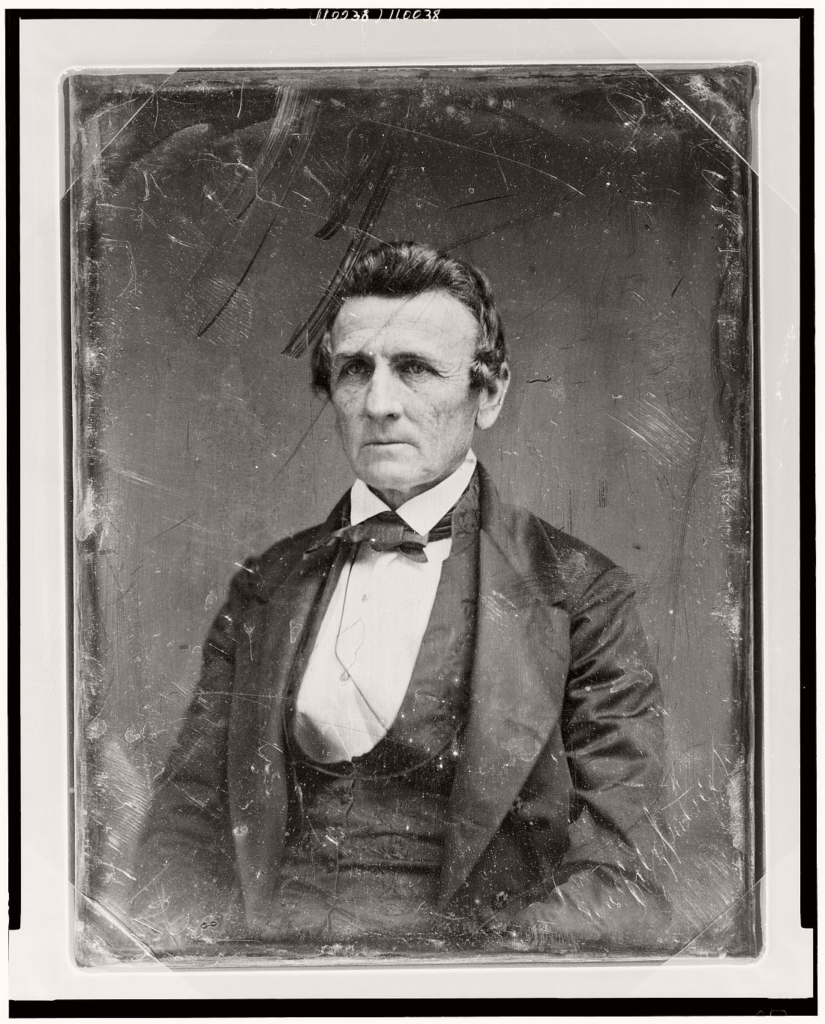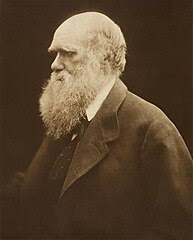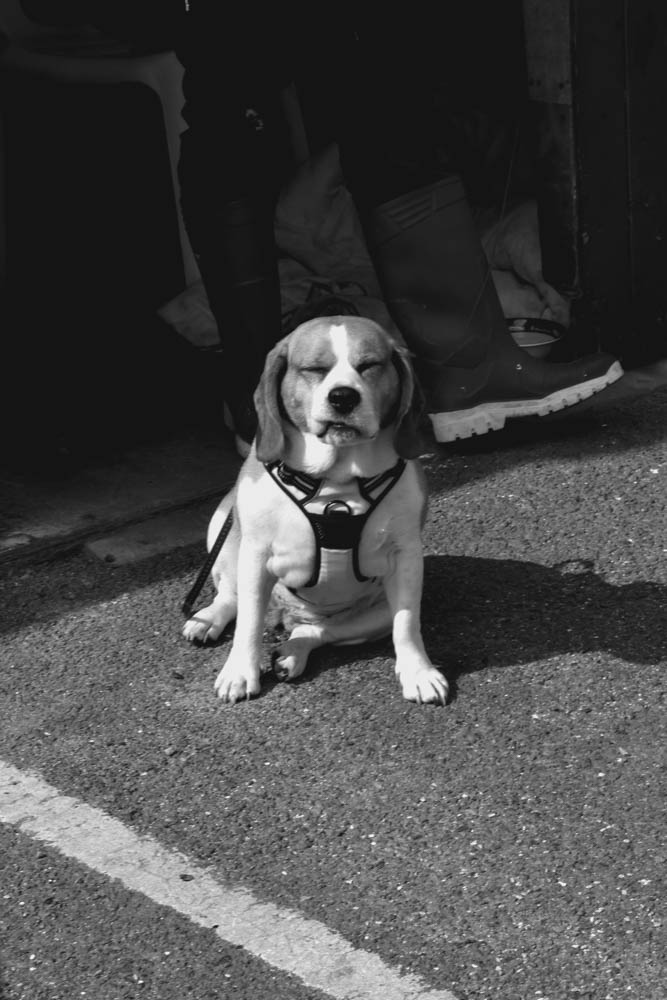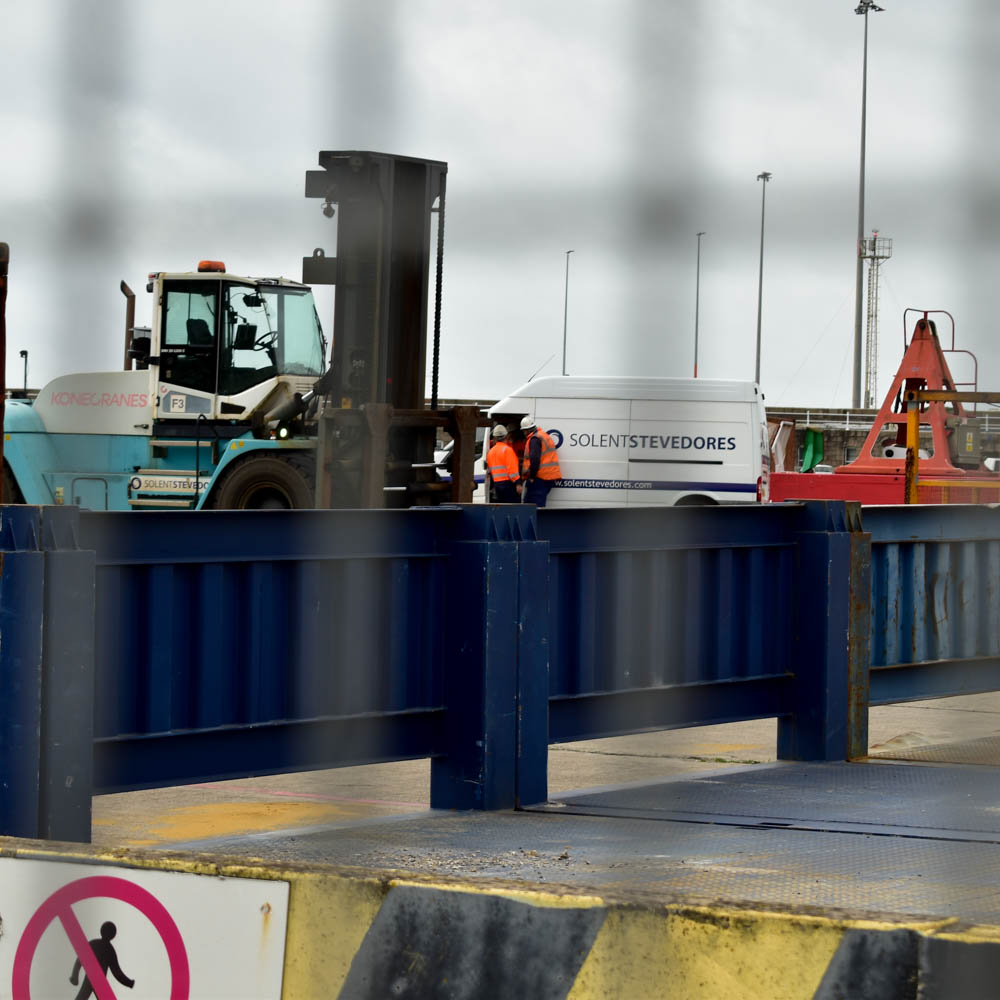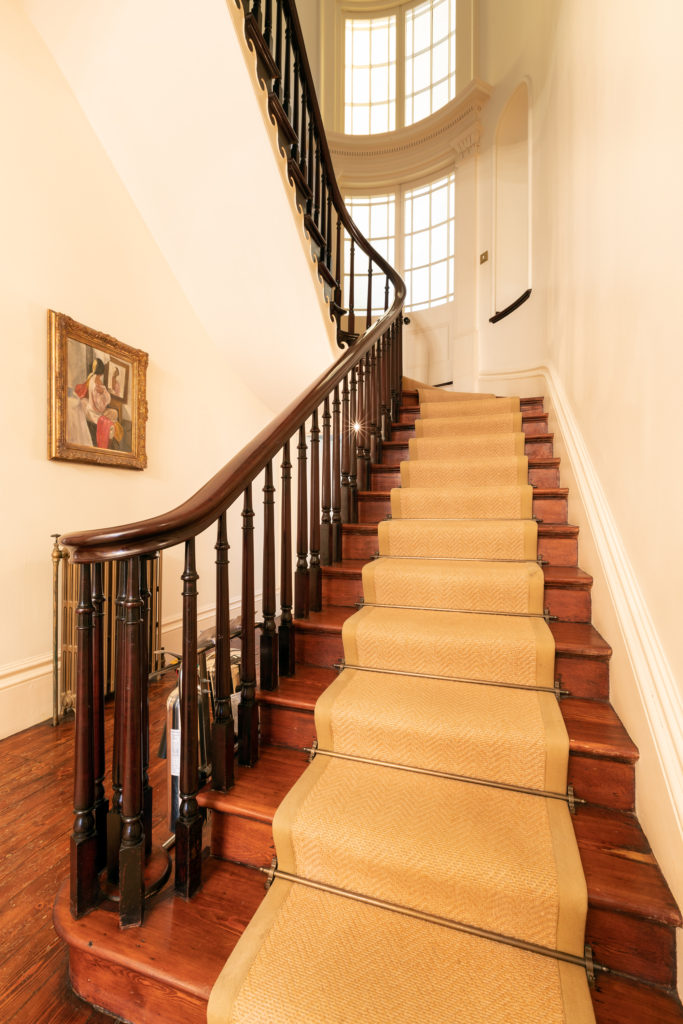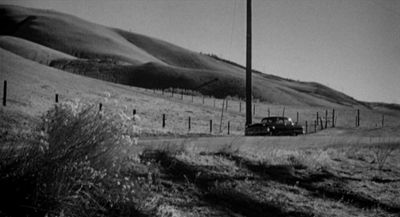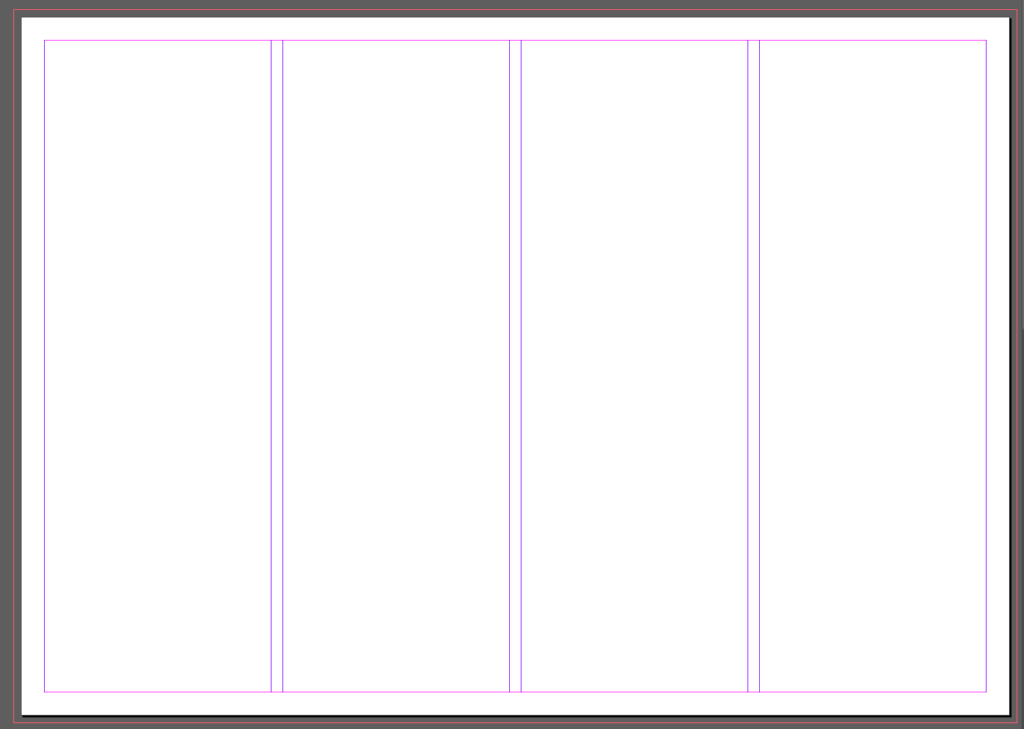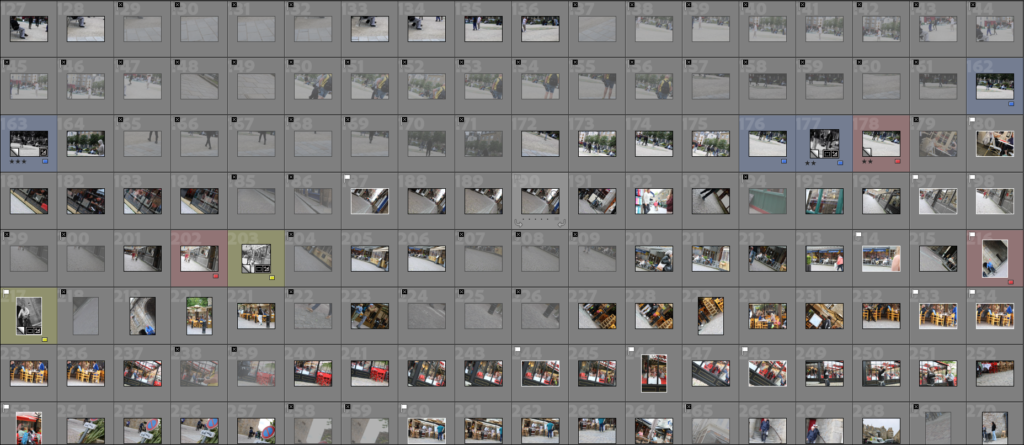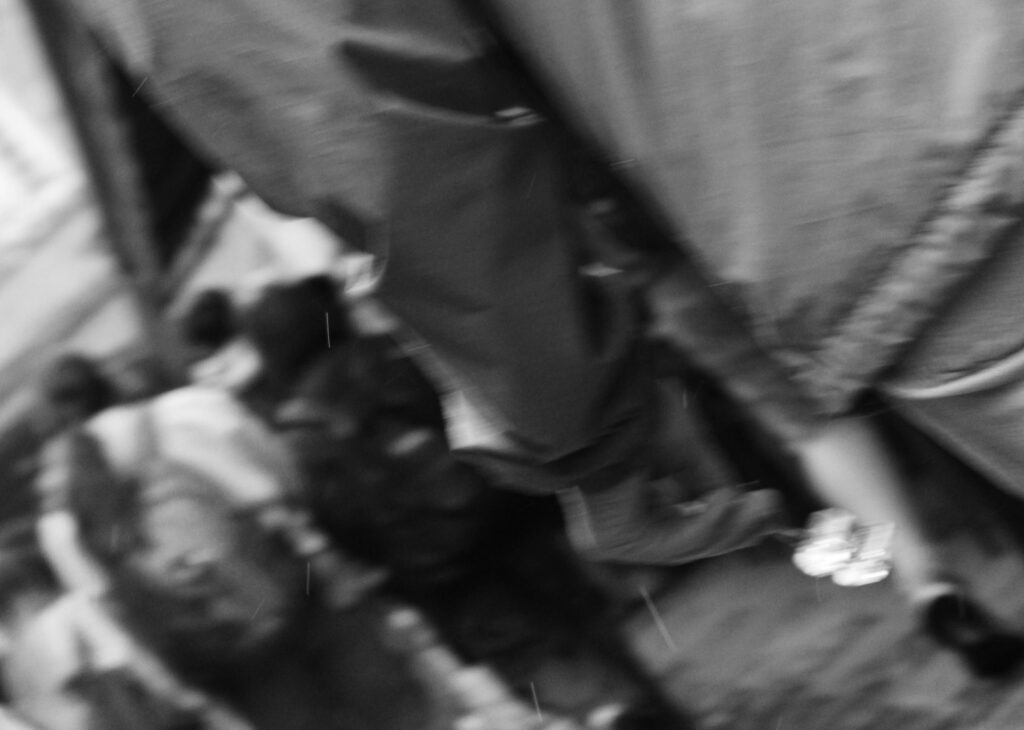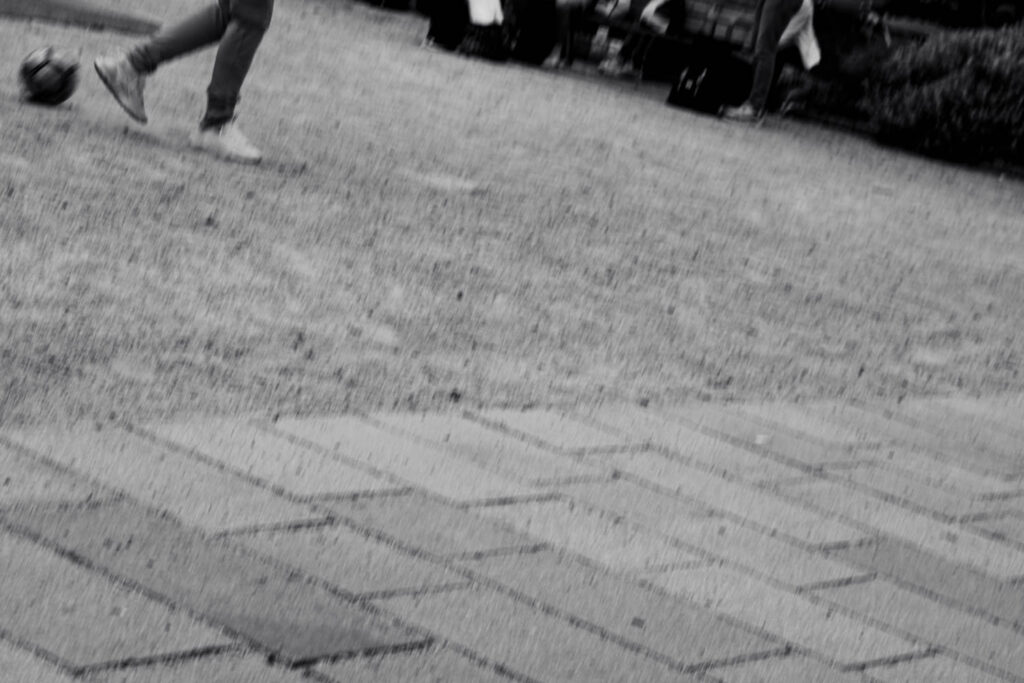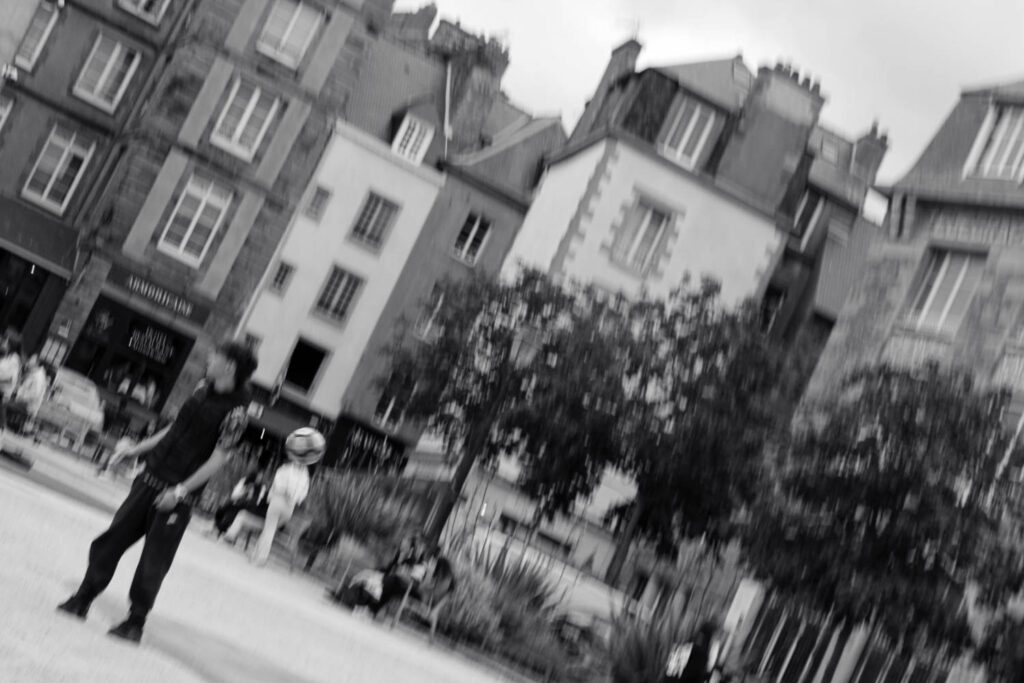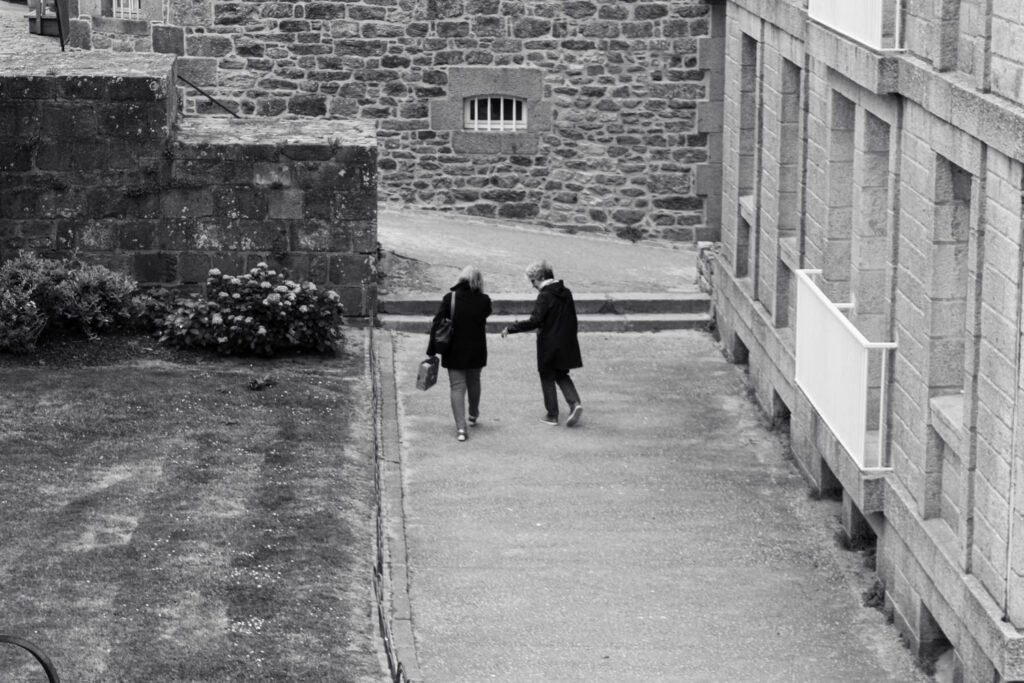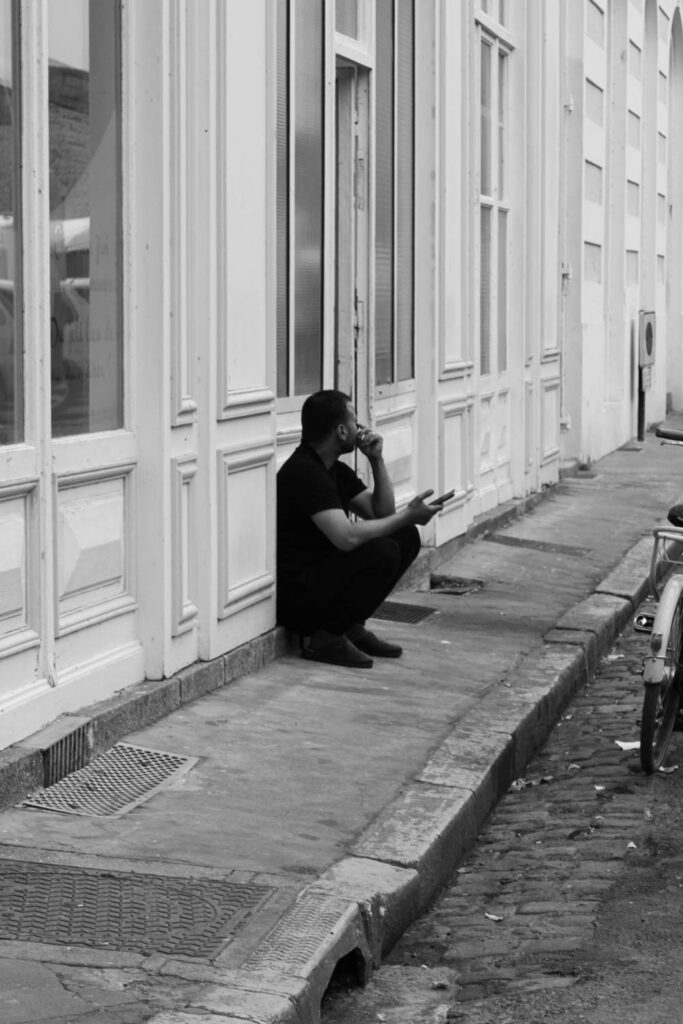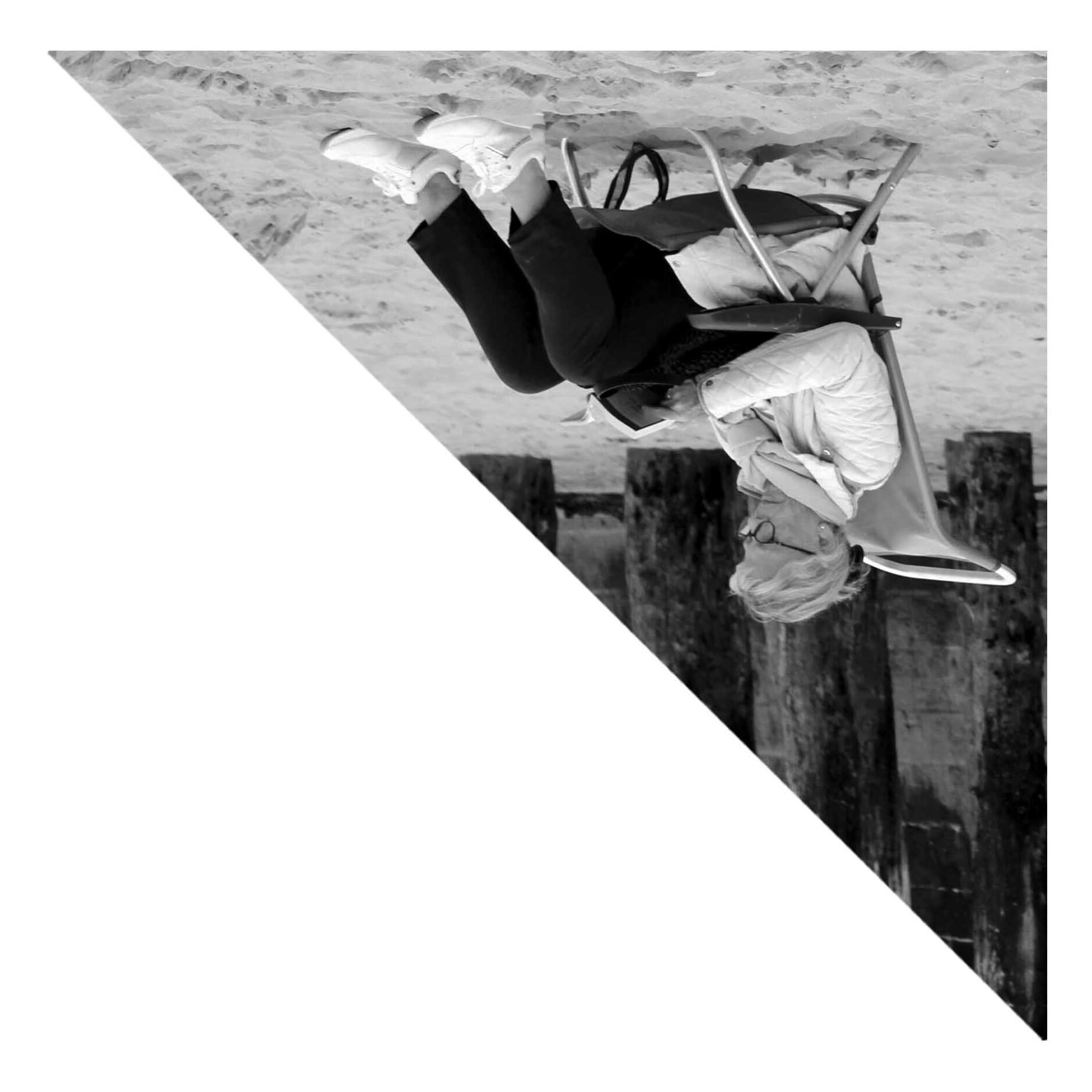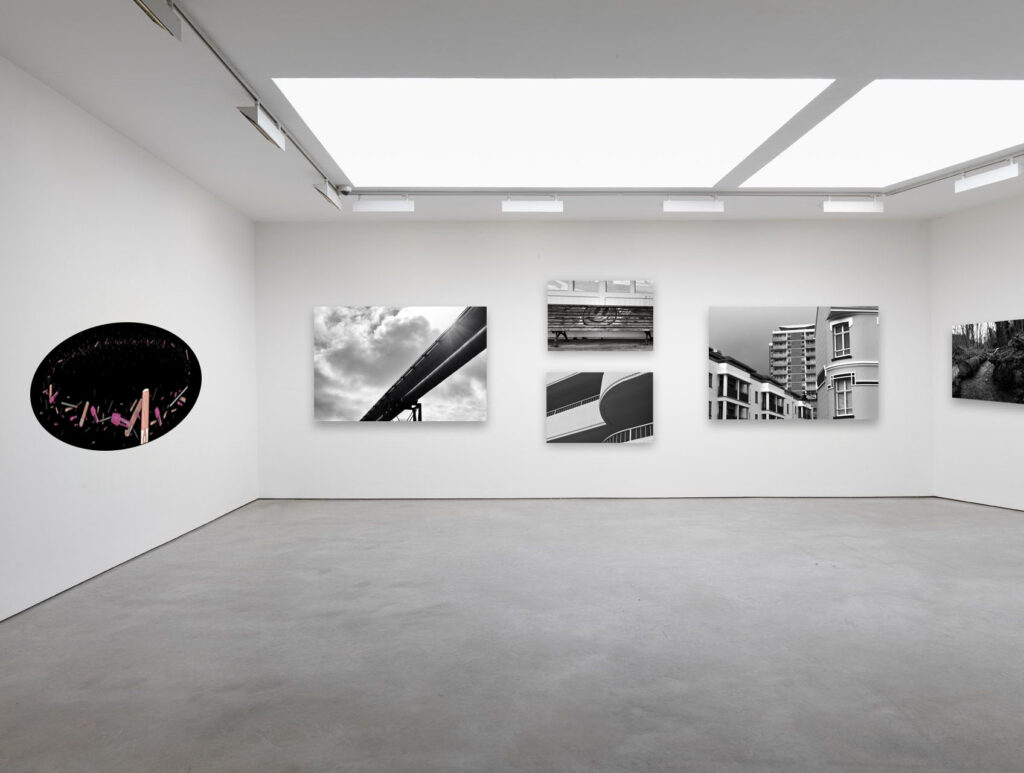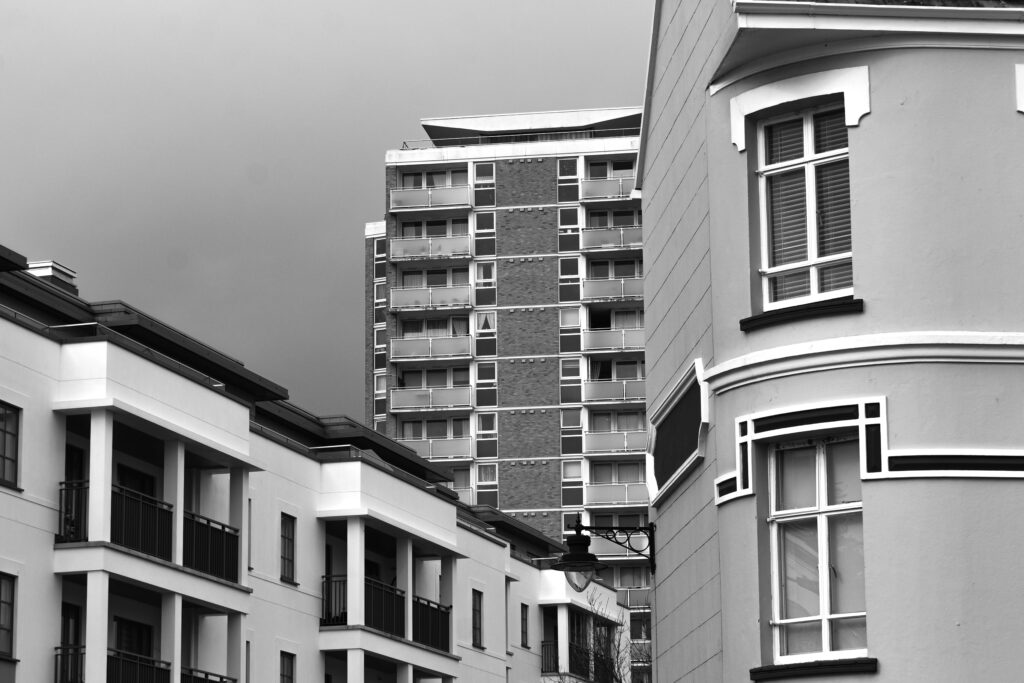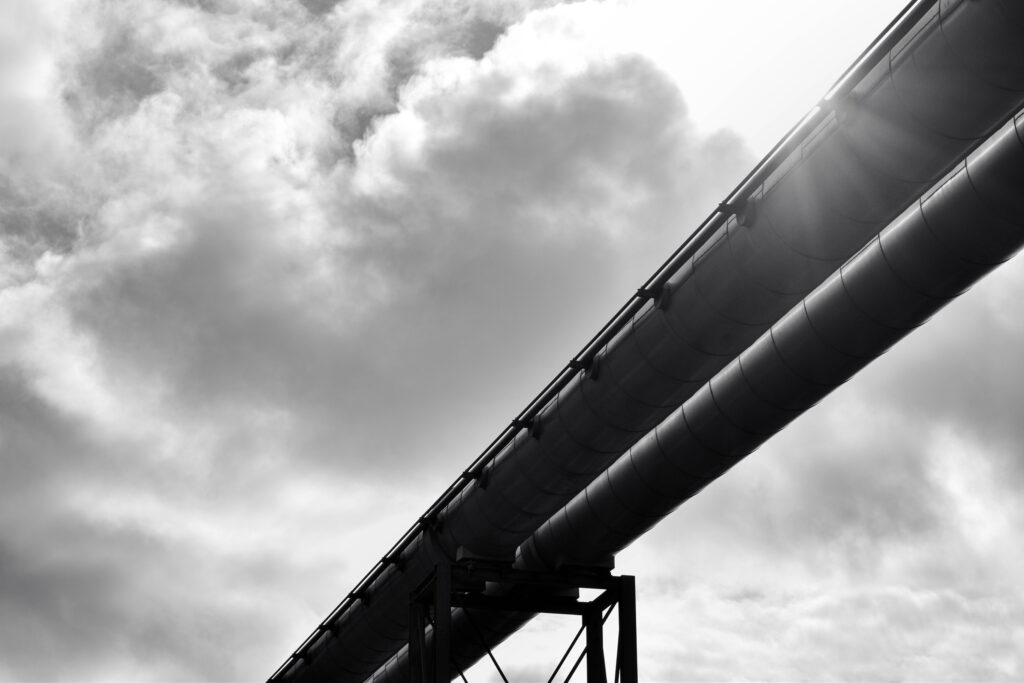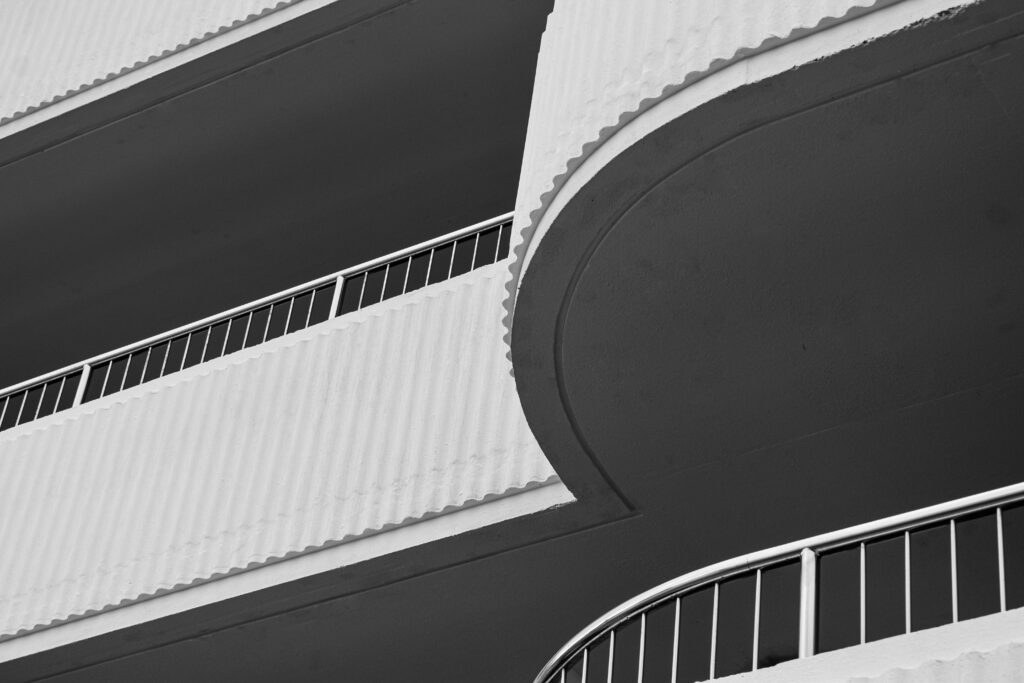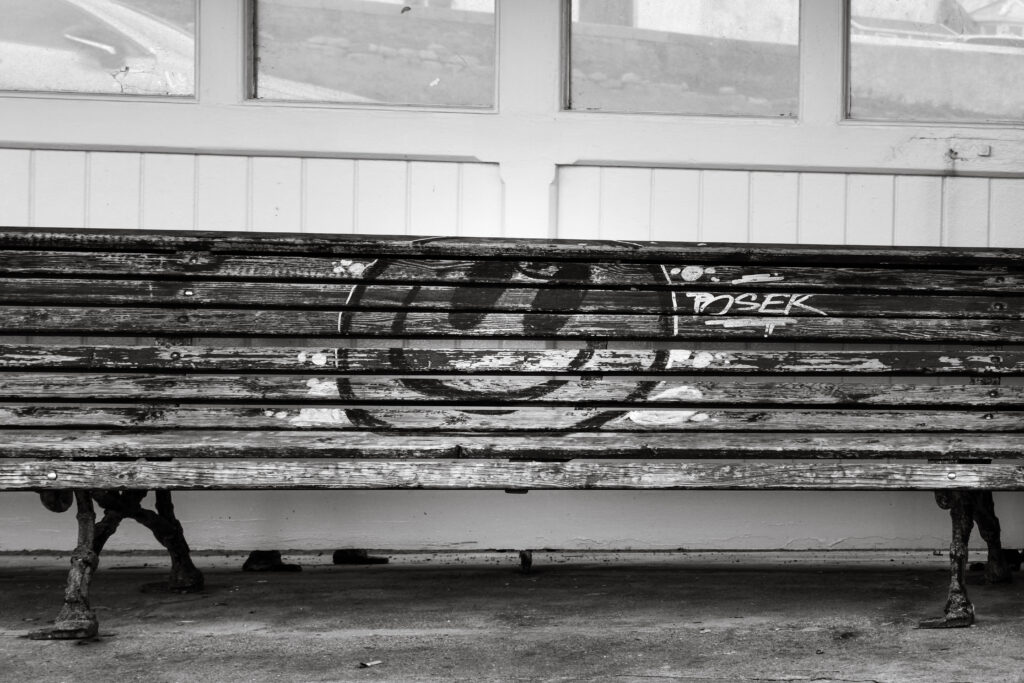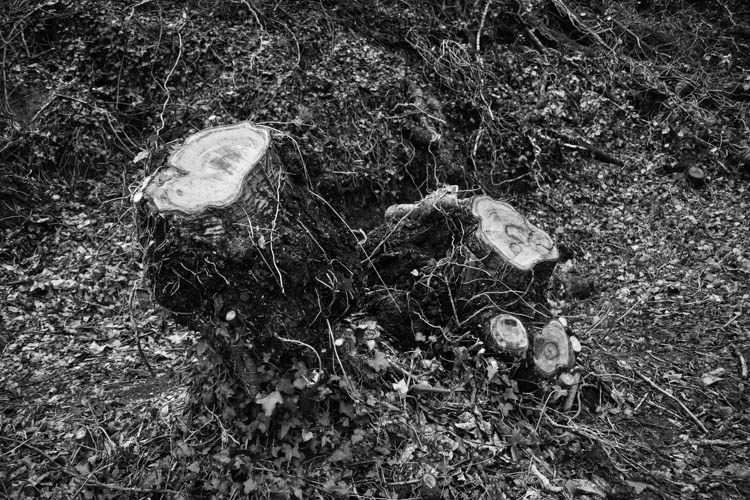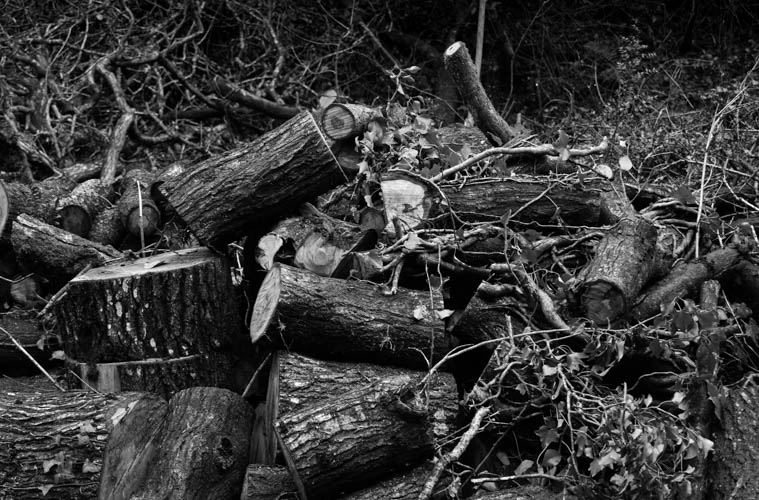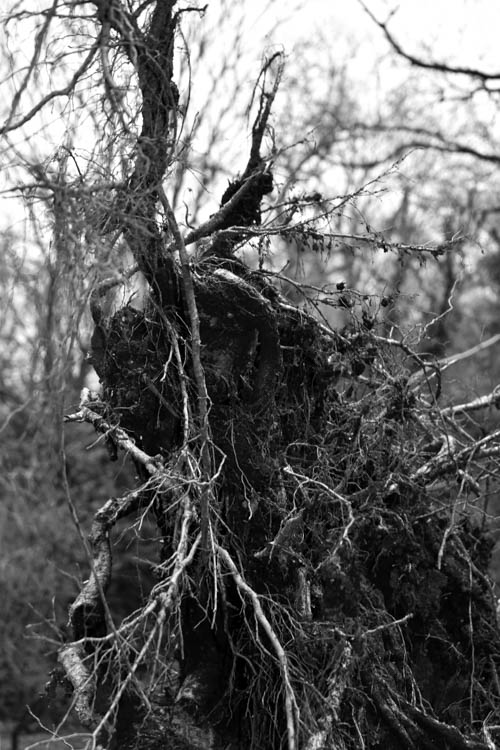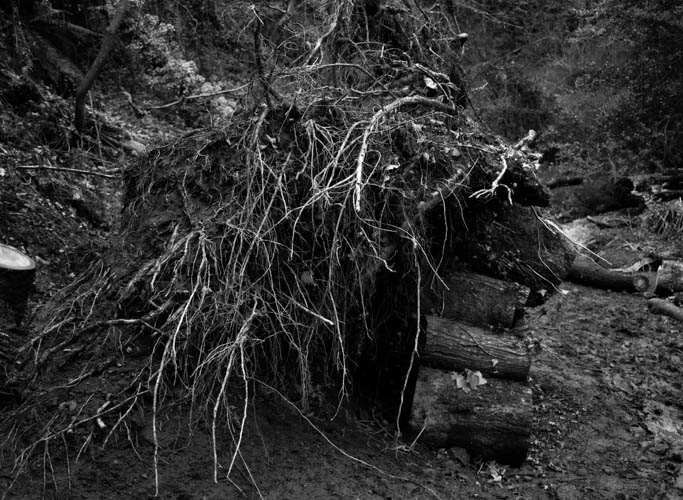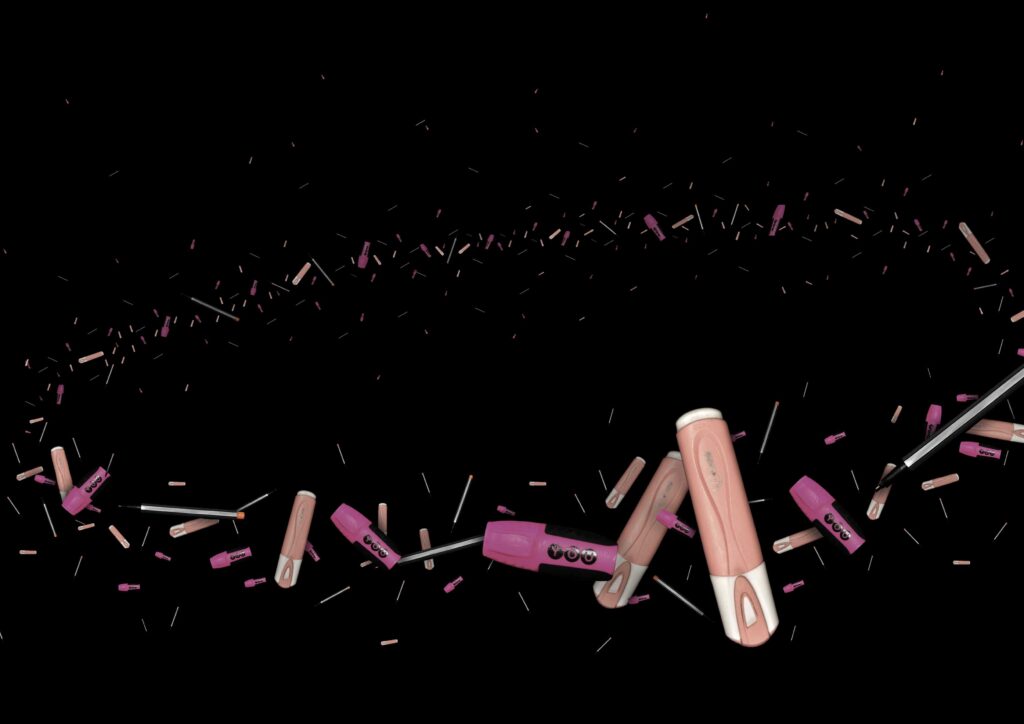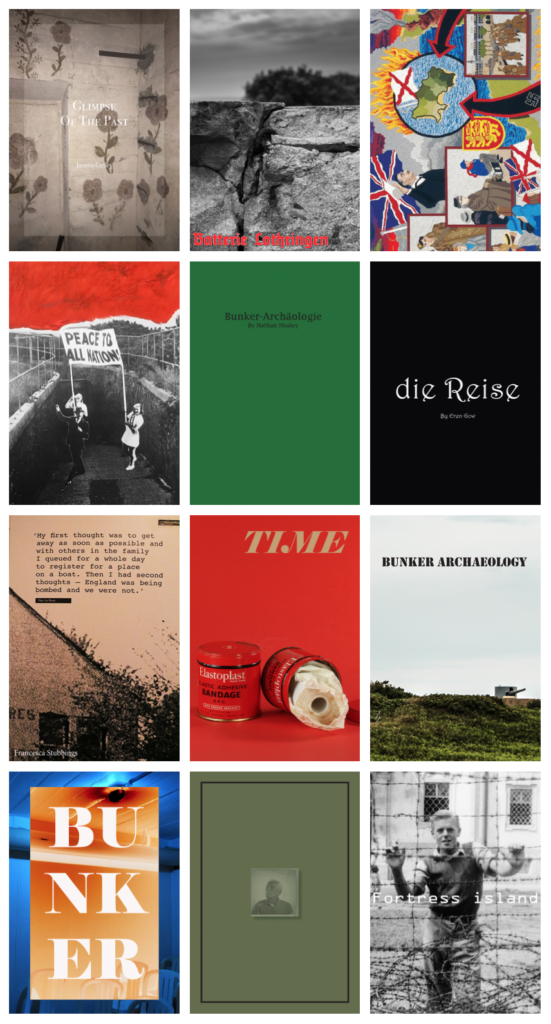

Narrative is the way a story is told. It is subjective and can vary between each person telling the same story. A narrative is told by stringing along images in a sequence. You can choose how to portray elements in a story to create a narrative. A story however is a factual account of the events.
Story
In three words id describe the story as:
- Identity
- Work
- History
The story I aim to show in my zine is the day cycle of a fisherman. Work is a big part of someone’s identity which I wanted to showcase with a day/work cycle.
As an island, we were and still are heavily reliant on the sea for import/export of food, amenities and revenue. This would not be possible without workers such as fishermen, ferrymen and sea captains. Having a title and tales however does not exclude these individuals from the mundane and unexciting day like everyone else.
Narrative
I will be using archival image’s and my own images. I will be using minimal text and typography.
Zine creation and selection
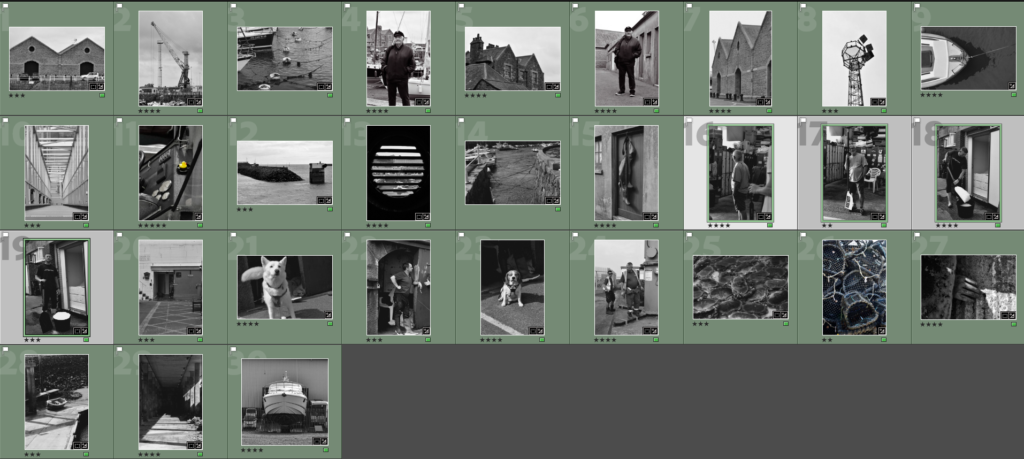
I have two images with pops of colour in this set which I might not keep since they stand out too much against the other monochrome images. Additionally I will need to remove some of the portraits as I am limited because the zine will have a total of 20 pages. Some pages could have multiple images on them but I also want to include some archival images so I will make my final selections based on those.
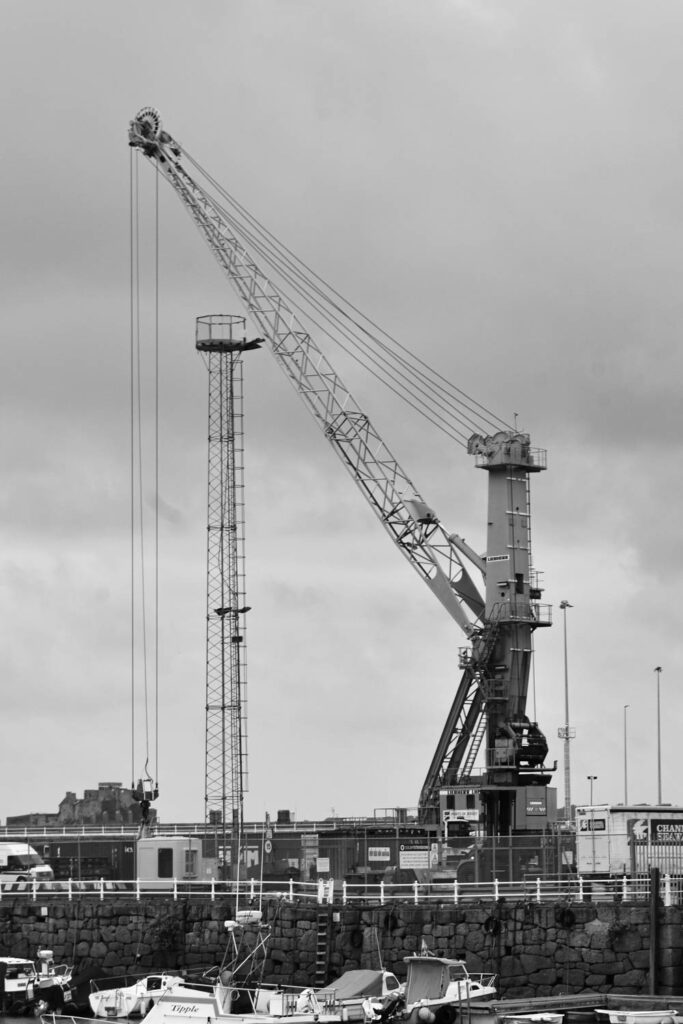
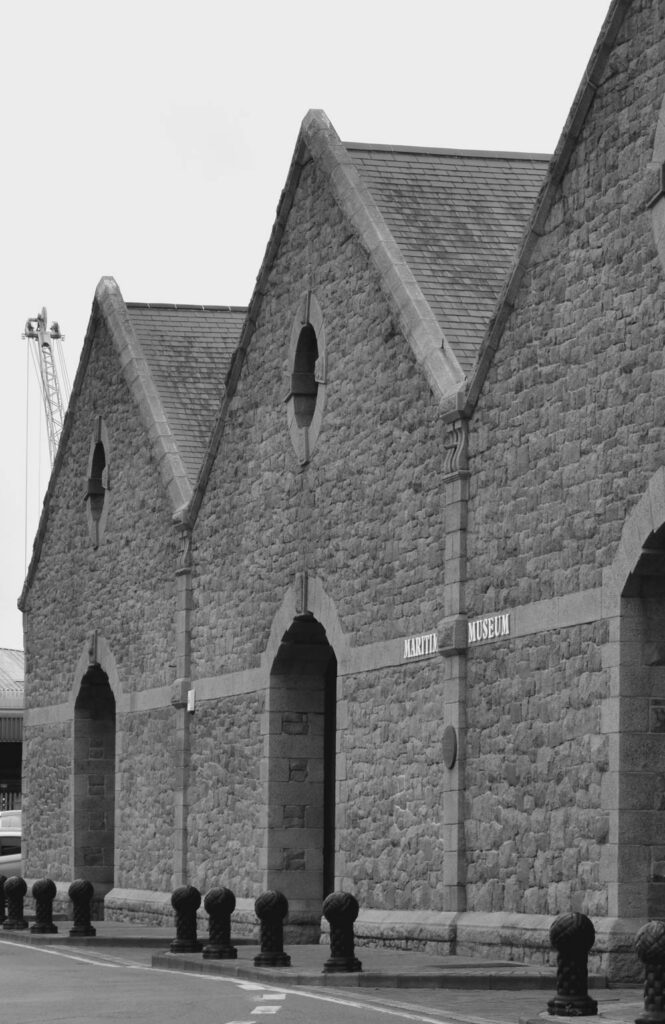

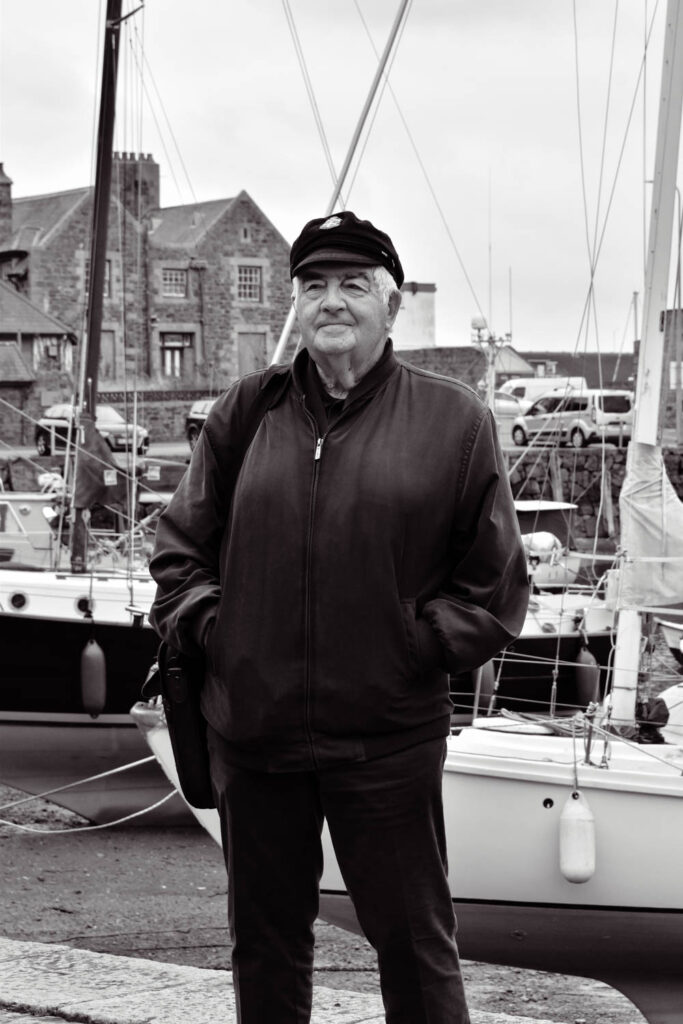
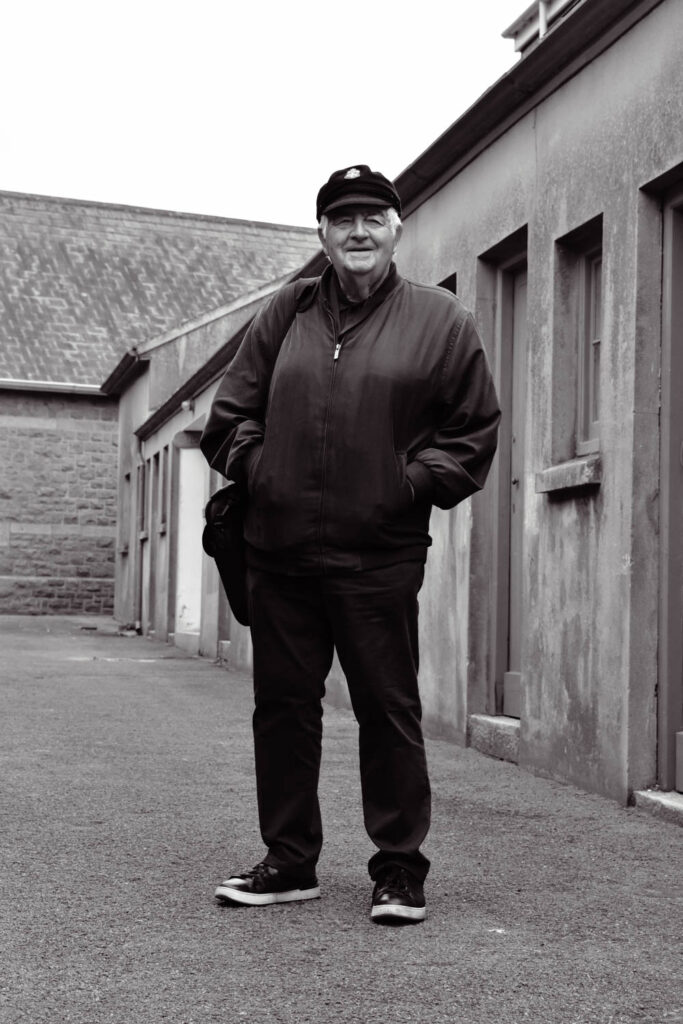

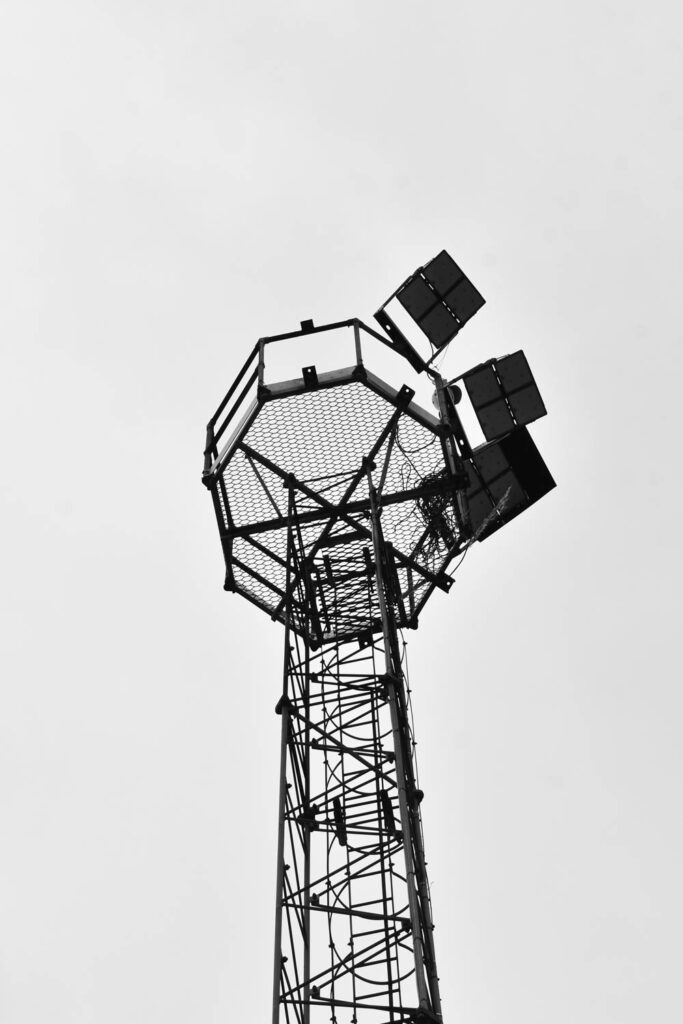

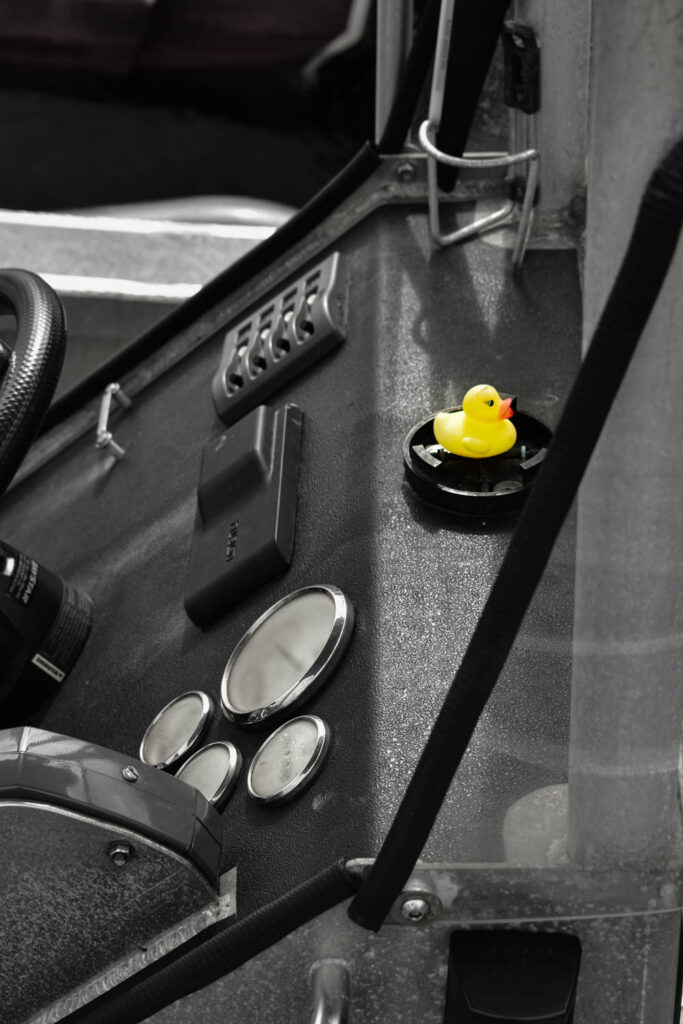
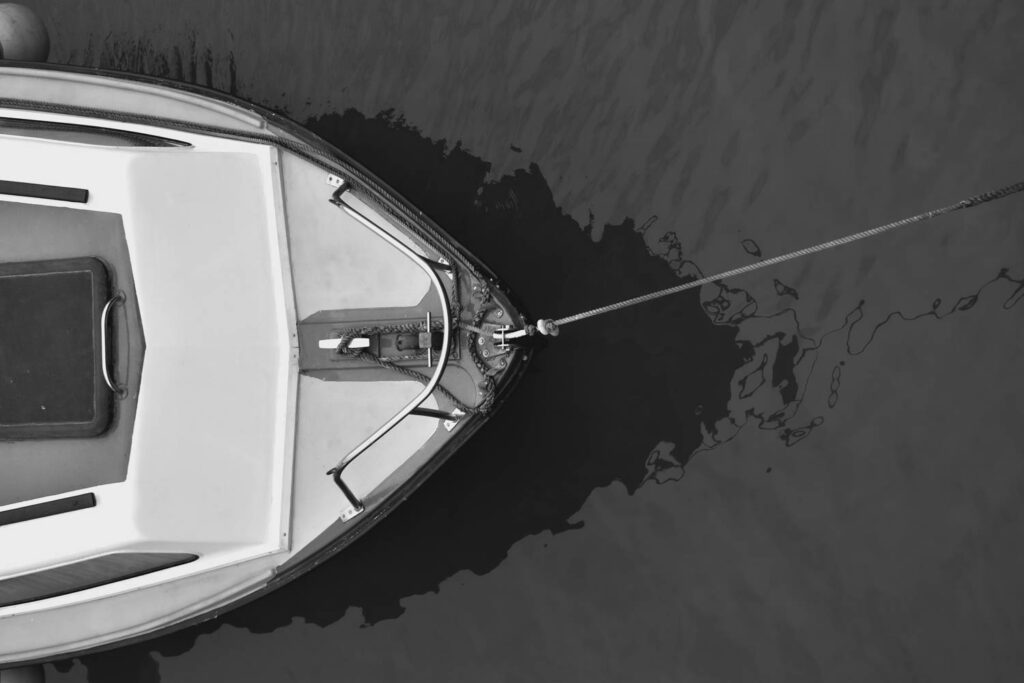
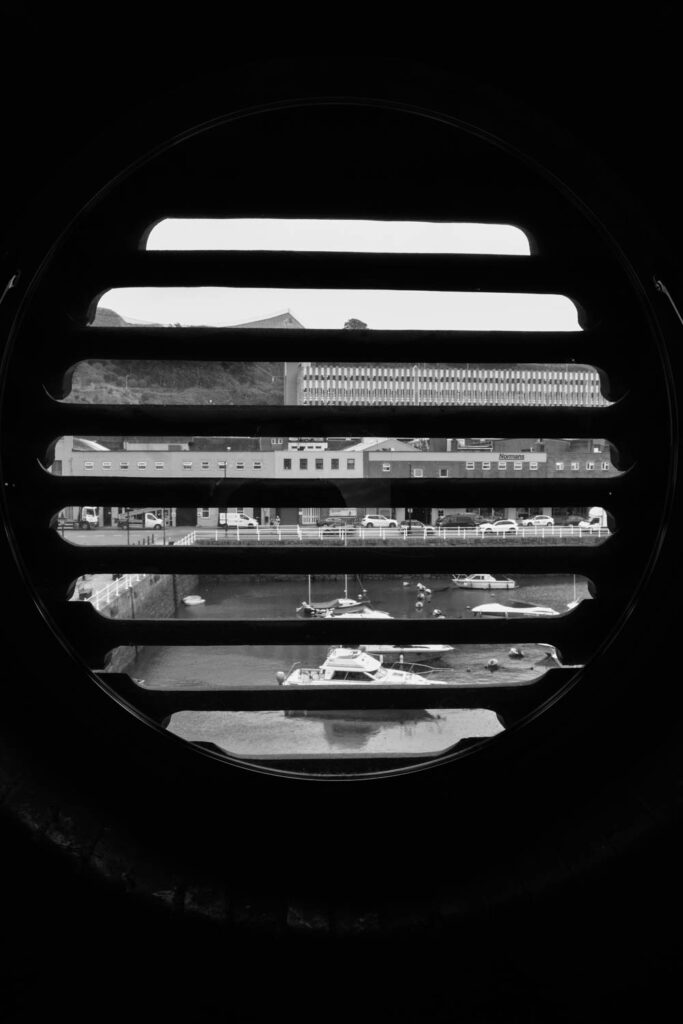
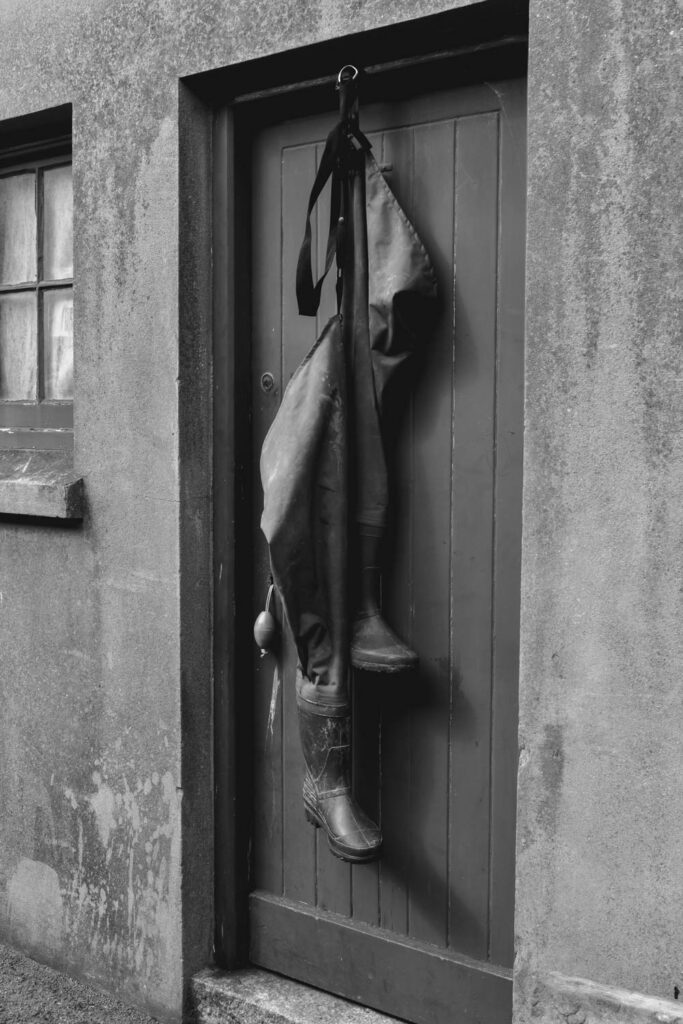
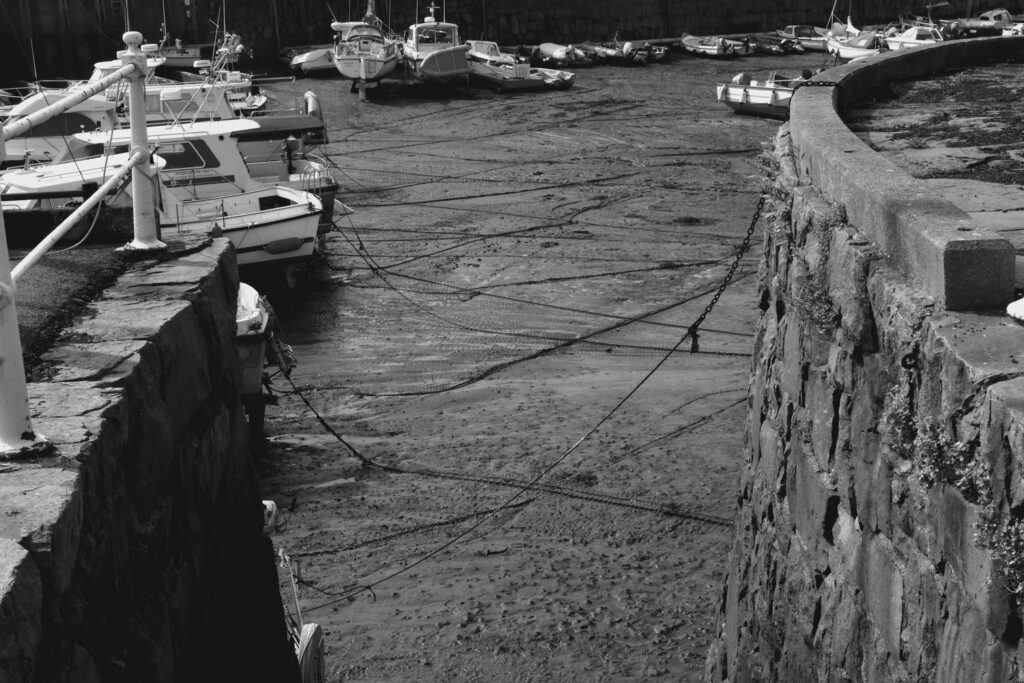
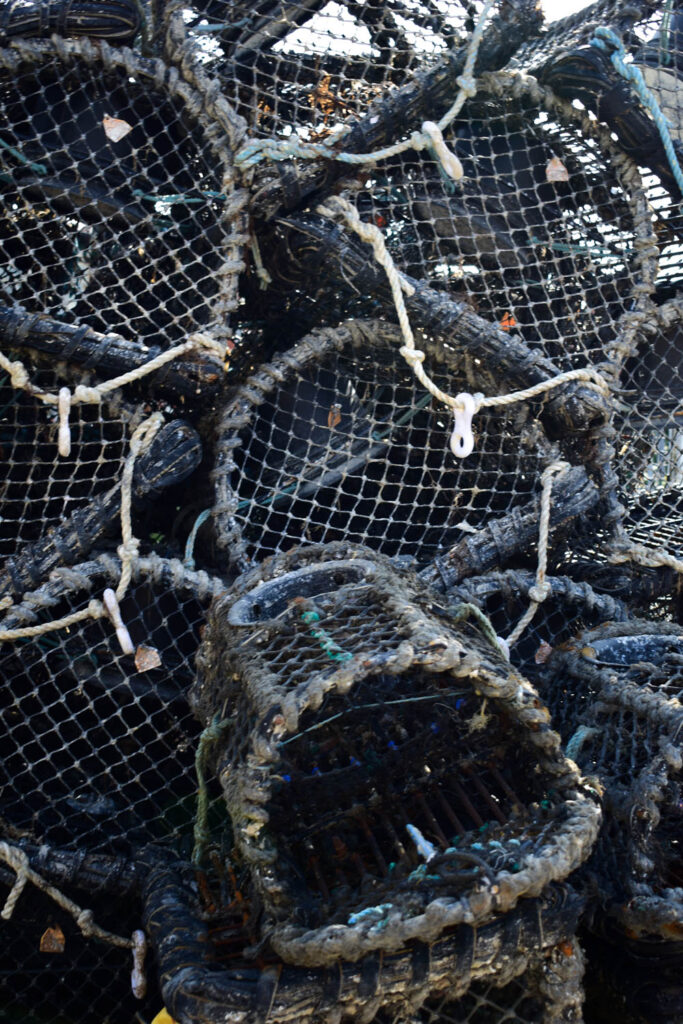

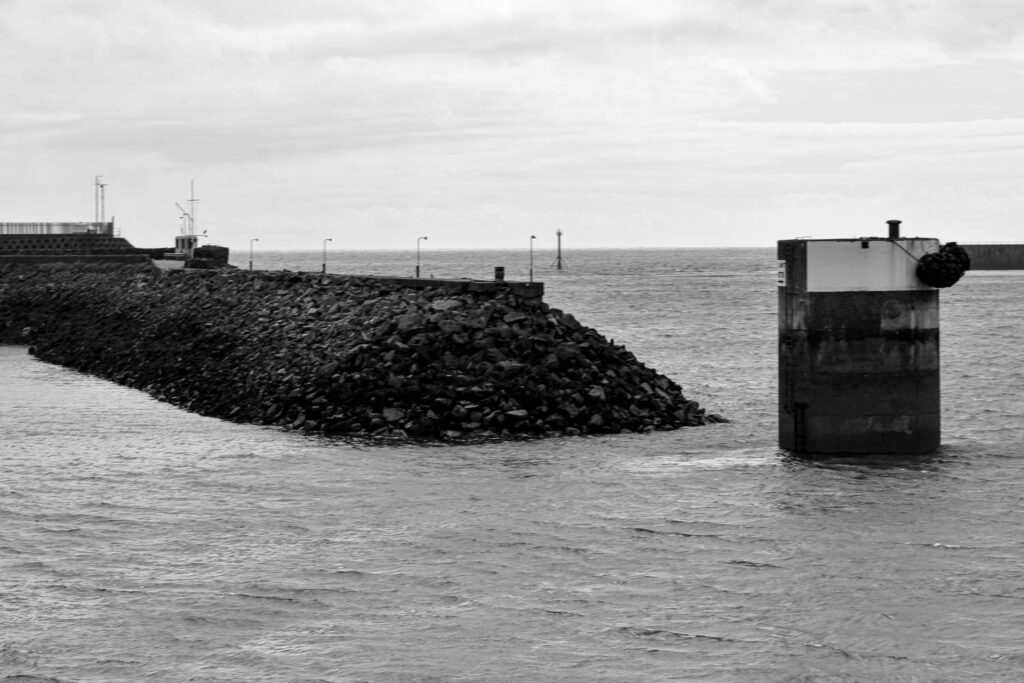
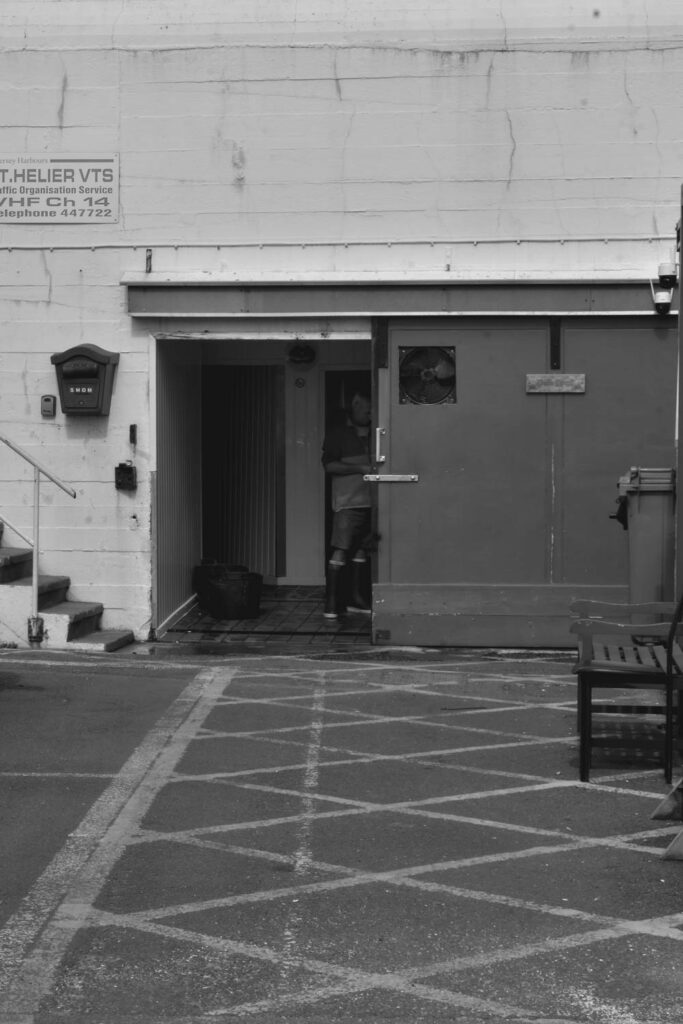
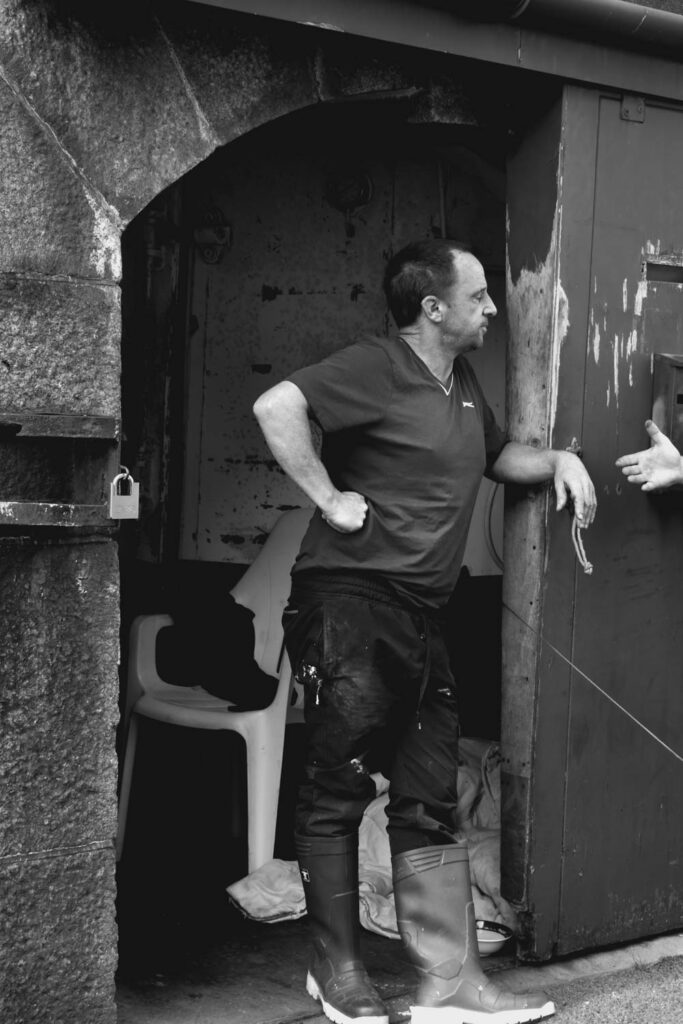

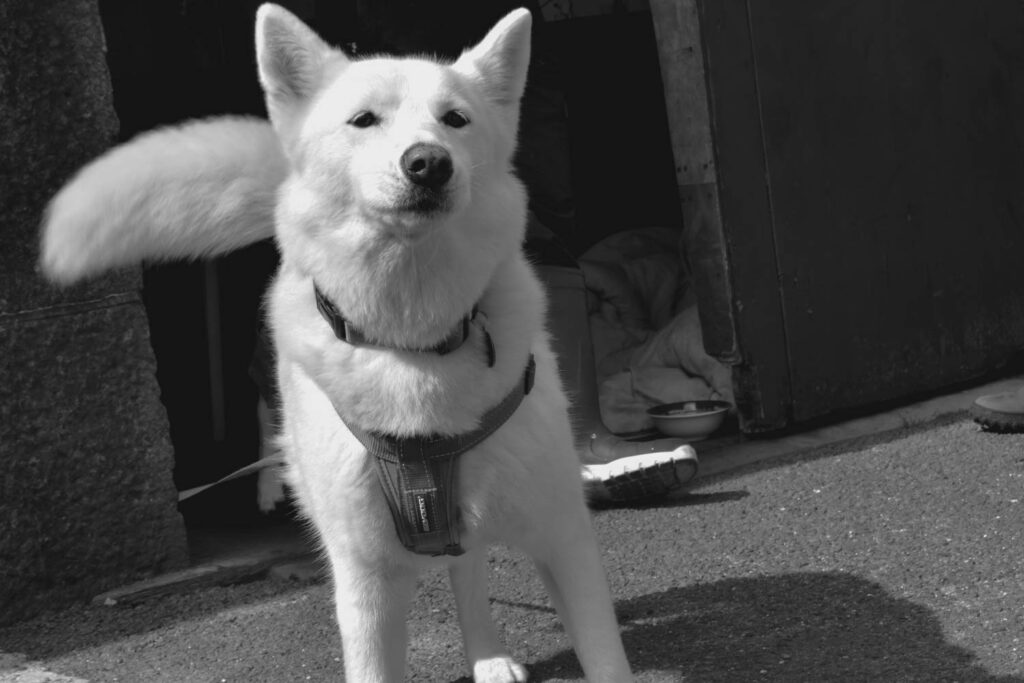

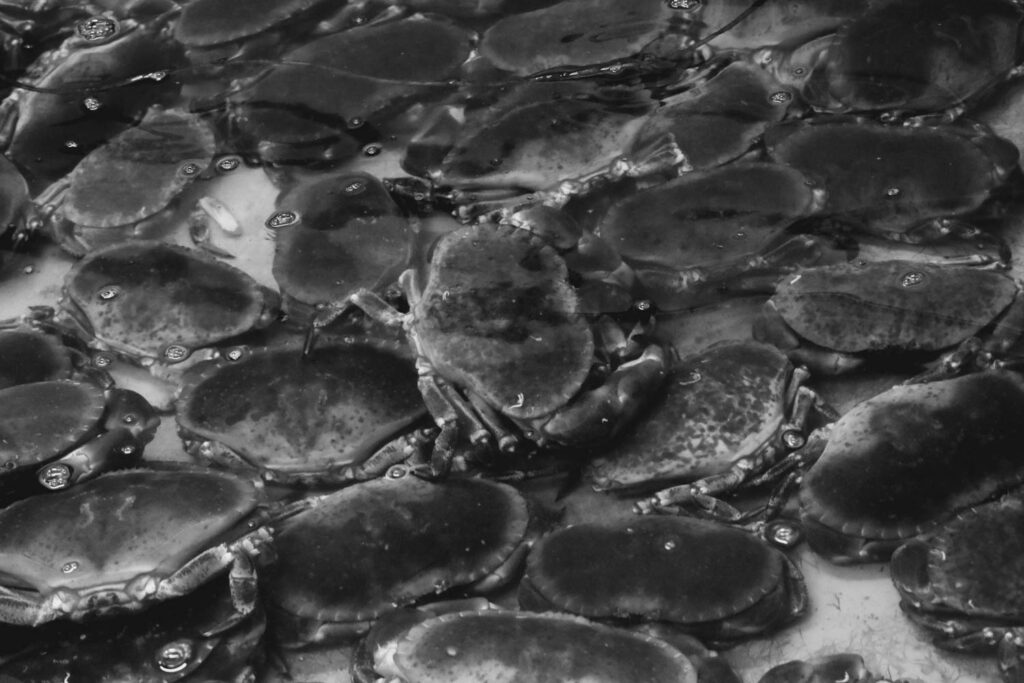

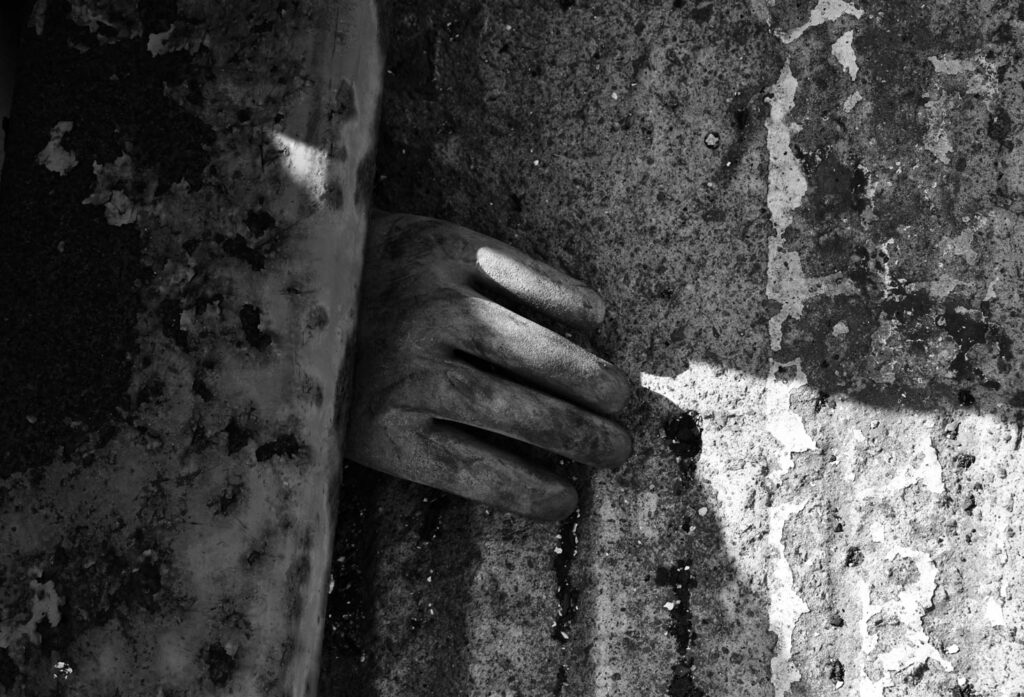
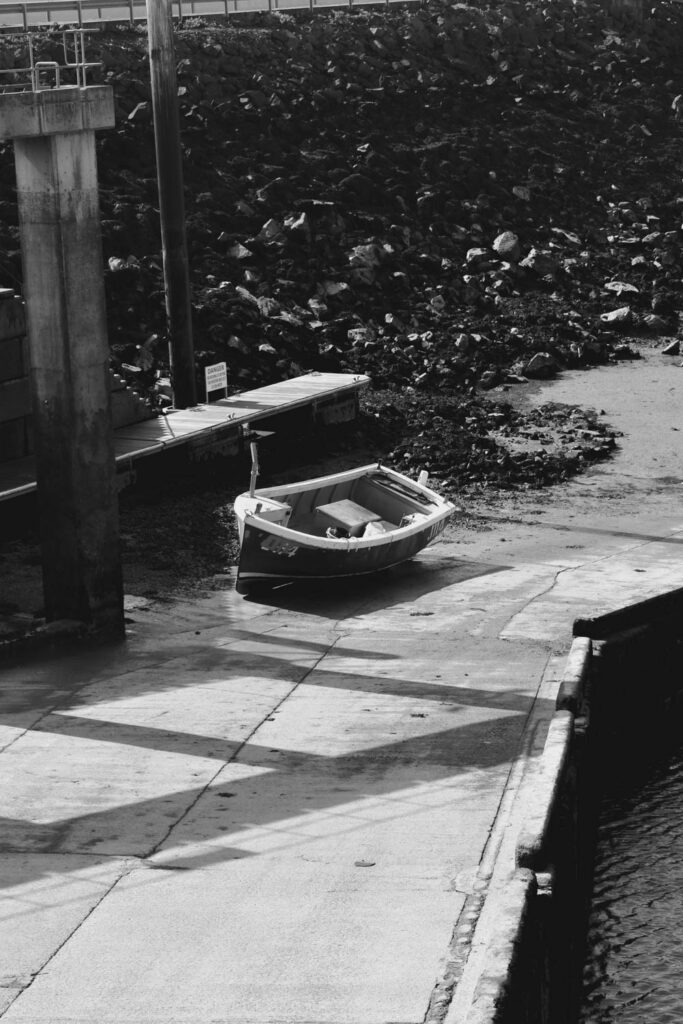
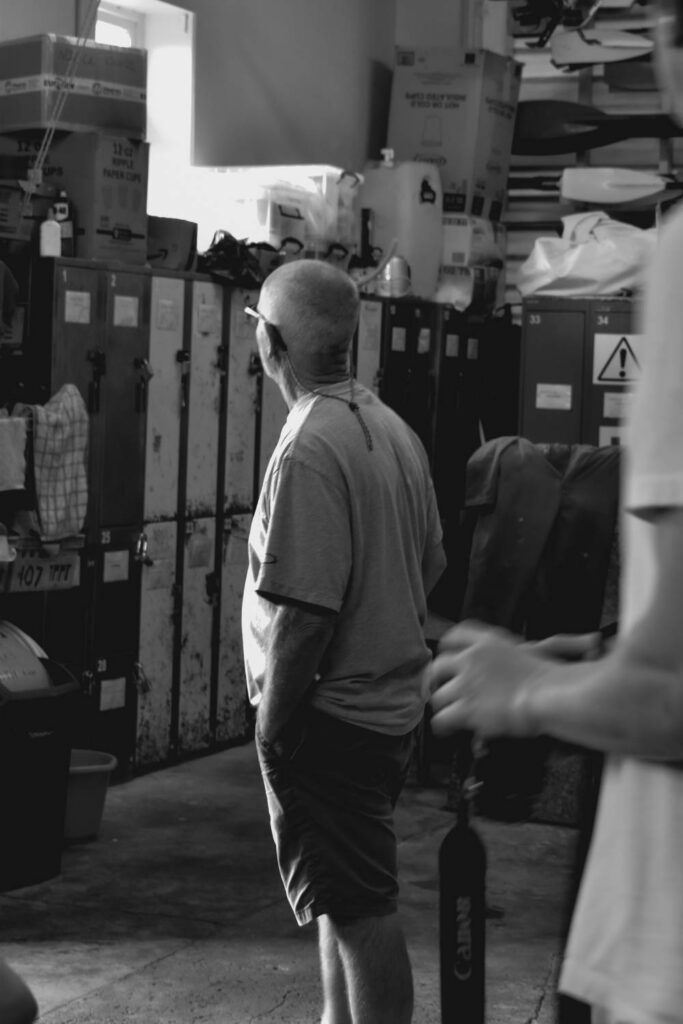
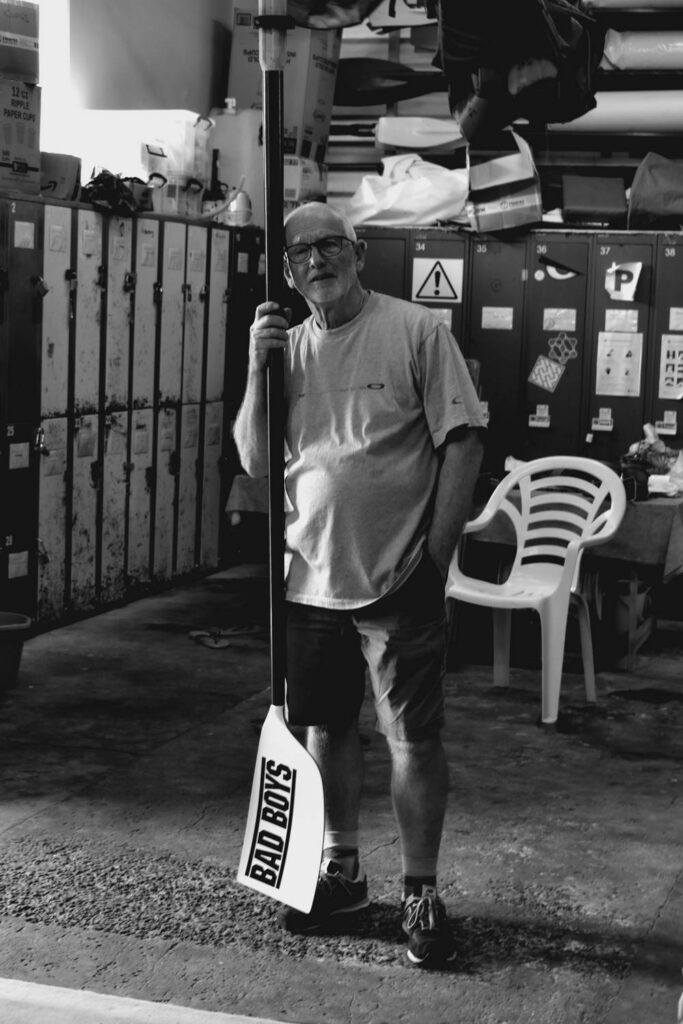

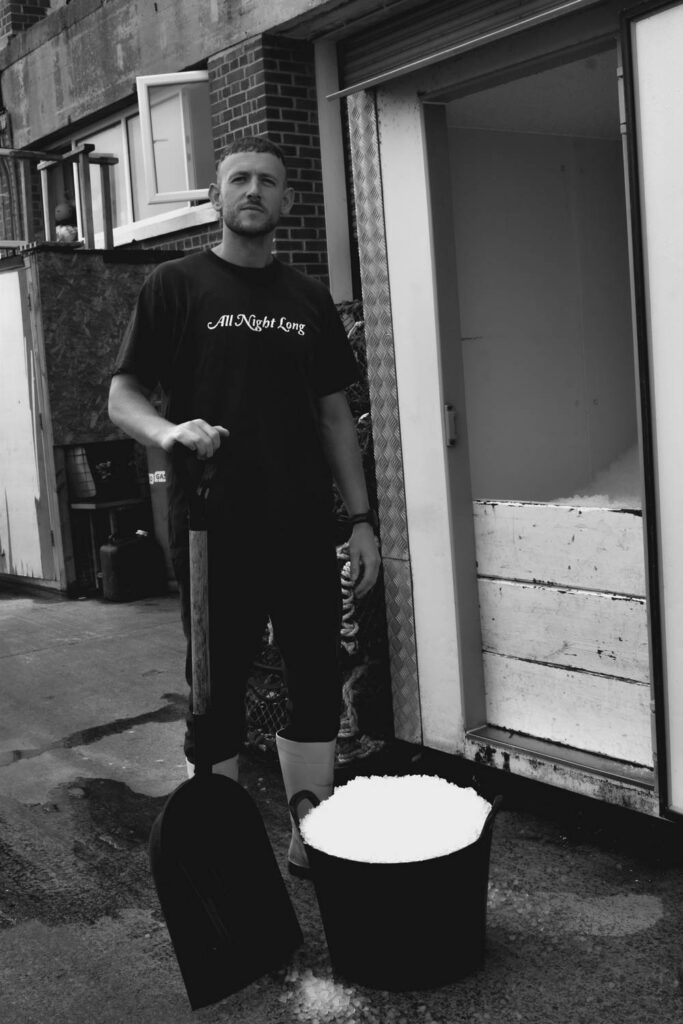
The archive images I found related to the harbour and merchants were the following:
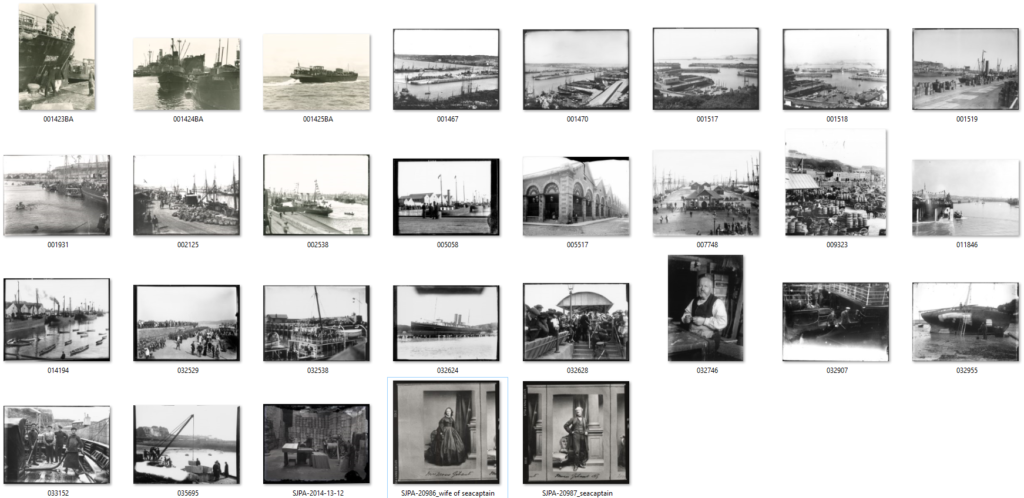
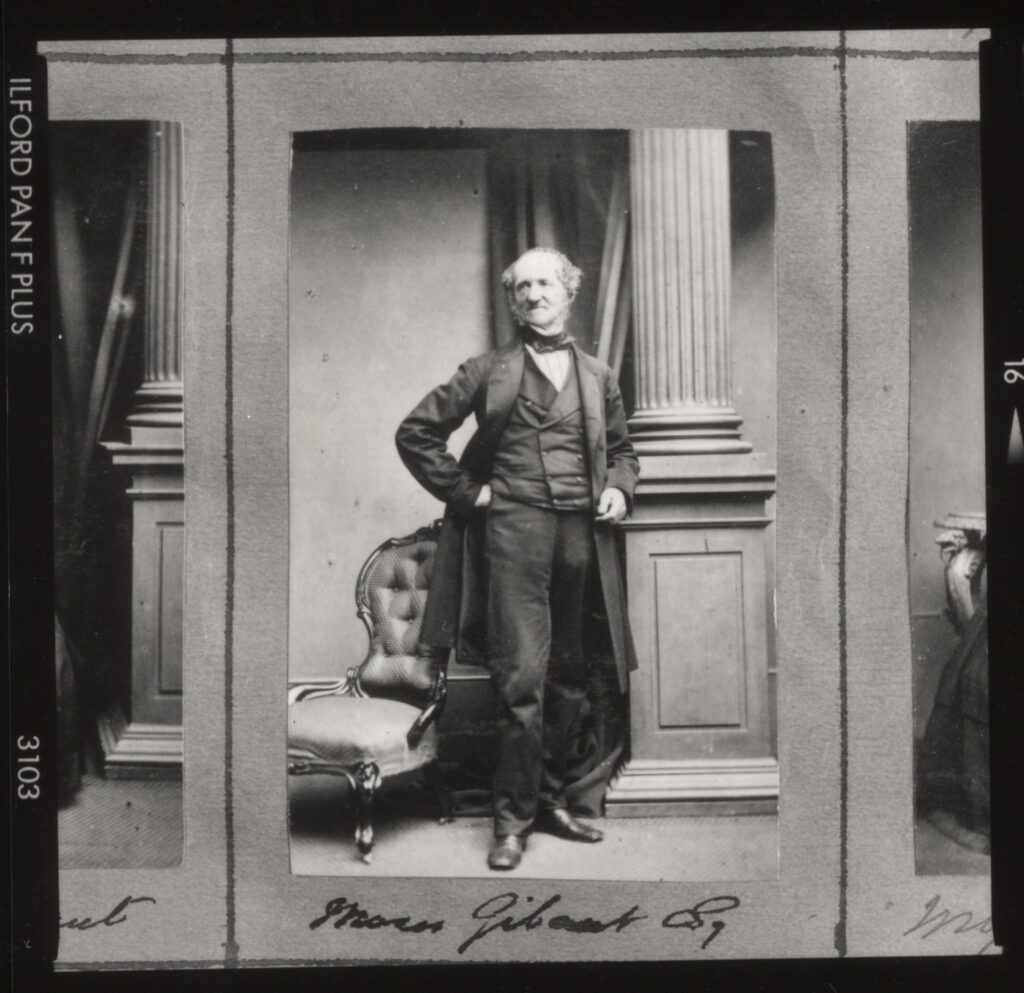
I didn’t take many images of the whole harbour to compare with the old ones however the portraits would make for nice comparisons. I think that because my story focuses on how trade has changed, comparing to old images would be beneficial to the overall narrative.
Paper mock up
I created a paper mock up to begin sequencing my images to construct a narrative. I knew I wanted a flow from the people to the actual job and boats which would end with the buildings. I knew I also wanted to include older archival images to show how this cycle has been carried out in part throughout the history of our marine endeavours.
Design and Layout
Pages
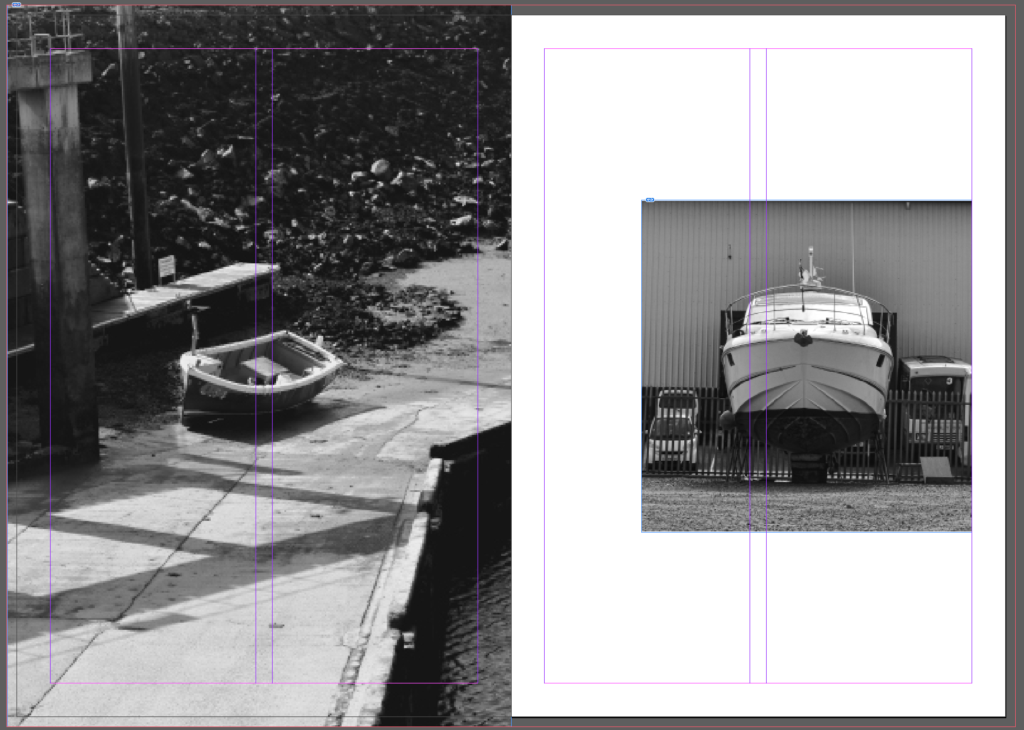
I grouped these two images together as they were both grounded boats but since they had different shapes I wanted to try different sizes too. I made one full bleed and one smaller for some variety.
I tried a few things for the double portrait spread:
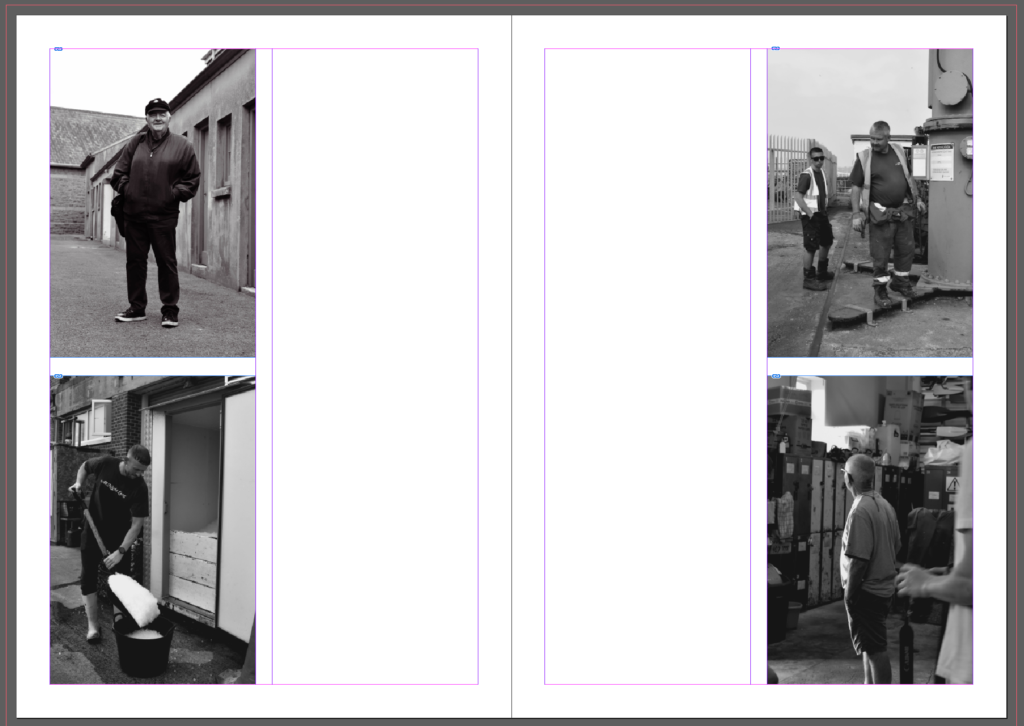
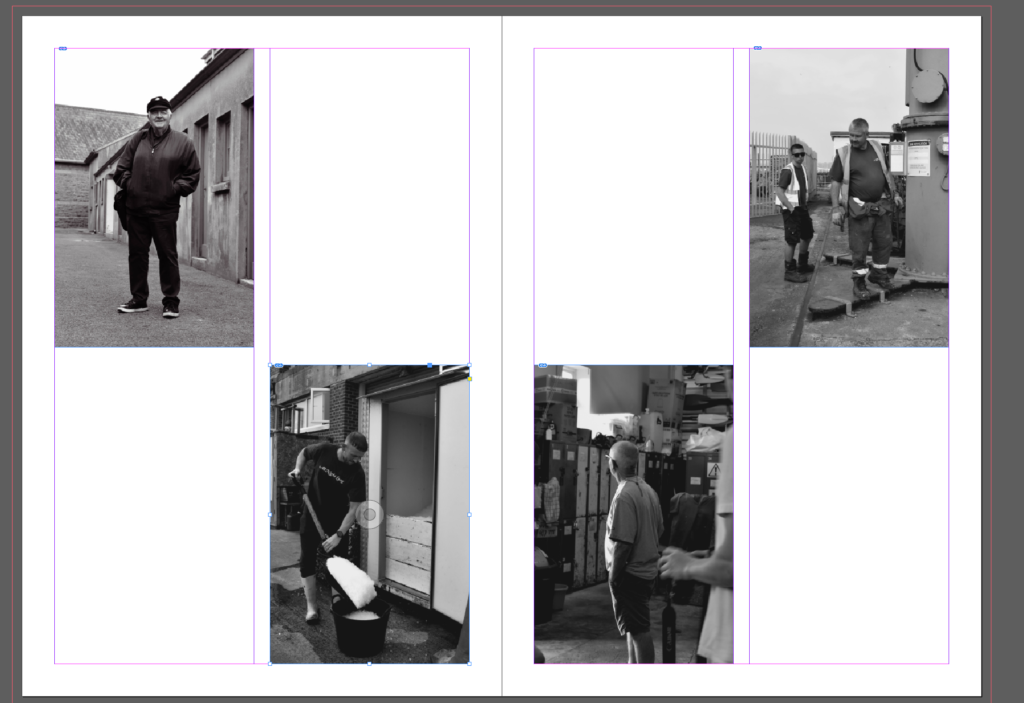

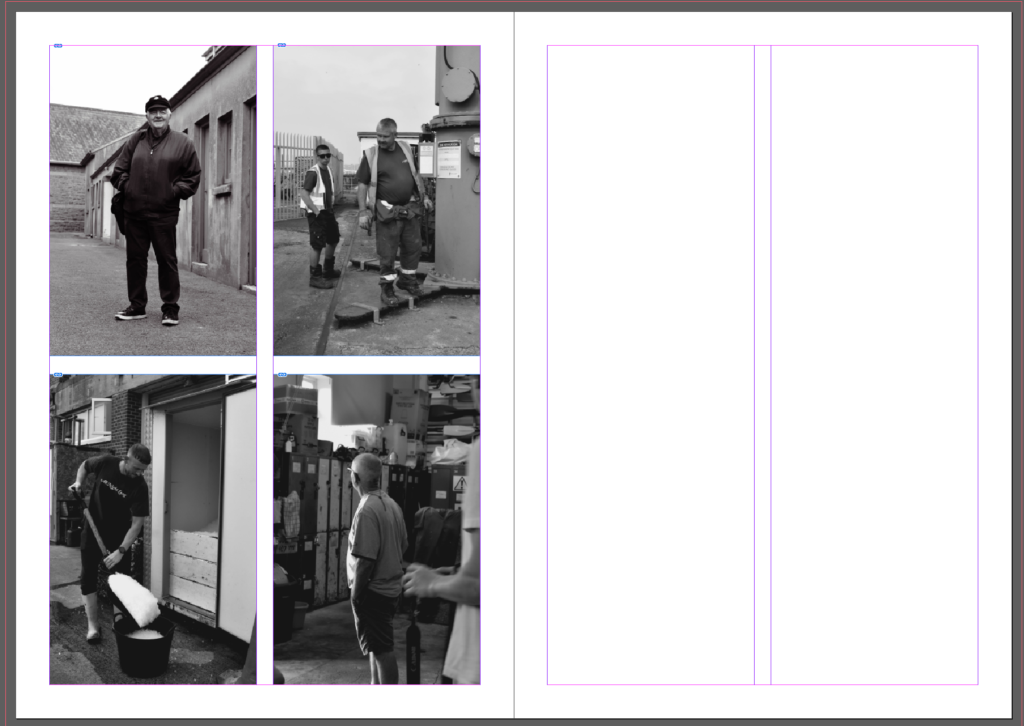
If I was going to include words I would use one where the images were more spread out however I didn’t plant on writing too much so I chose the grid instead.
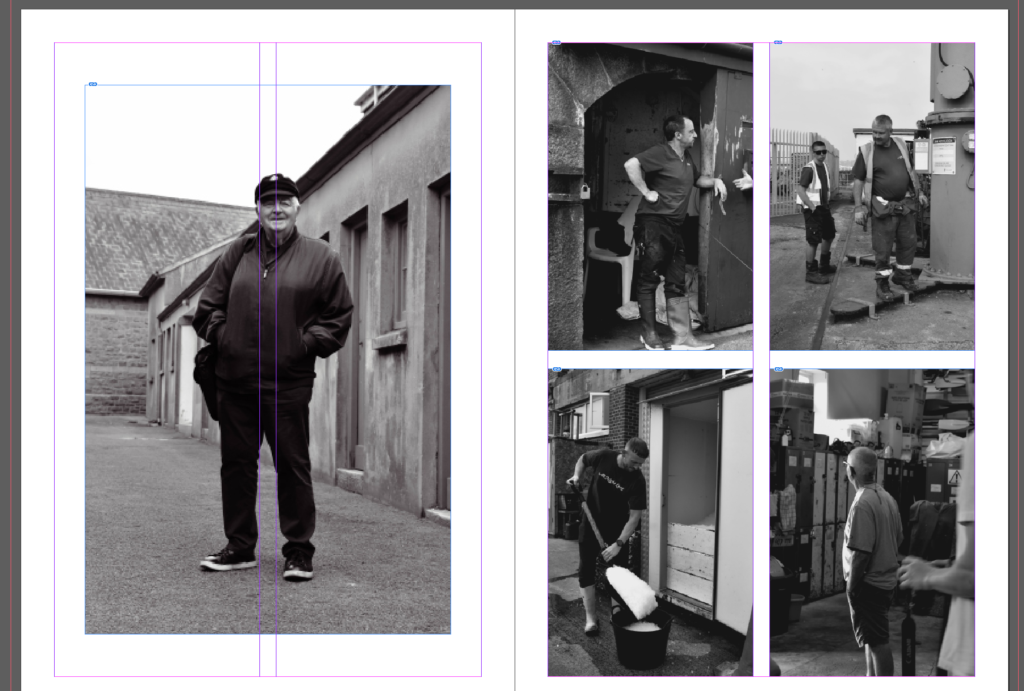
I added one more portrait to the grid so I could keep one larger.
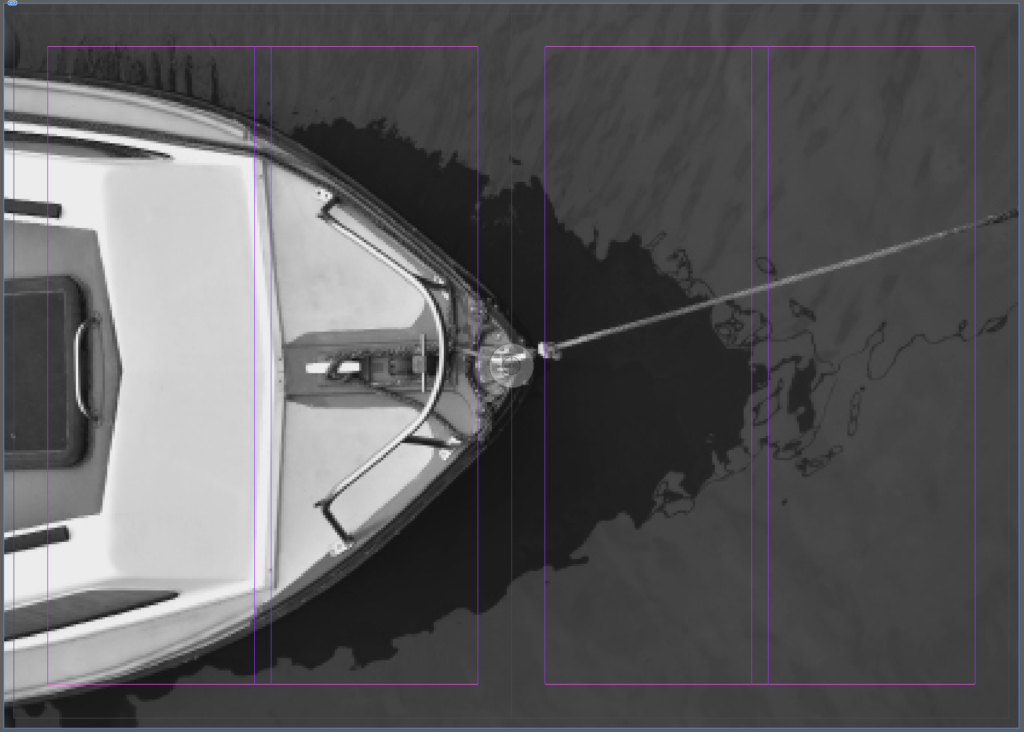
In order to make each set of pages unique, I also created a double page spread. I chose this image for the double spread because first of all it was landscape but additionally because I thought the image stood out on its own.

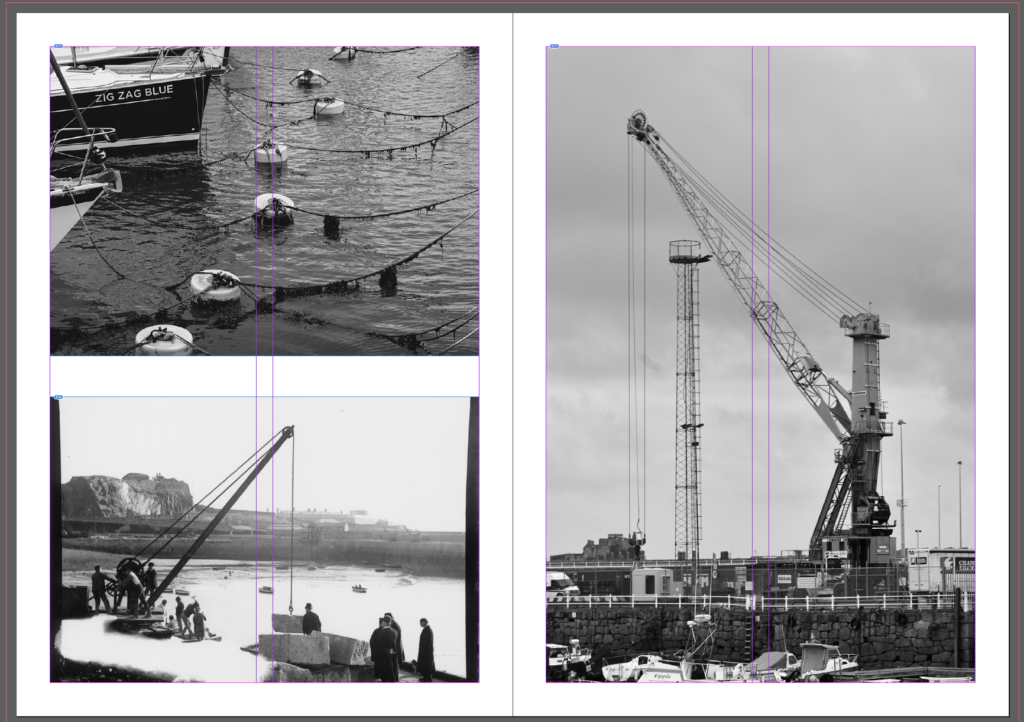
For these two pages I was struggling to decide on the layout. The first option was a little too busy however I liked all the images. I tried removing one but then the layout didn’t work at all. Eventually i decided to keep the crane alone which looked better but I decided to try an additional layout.
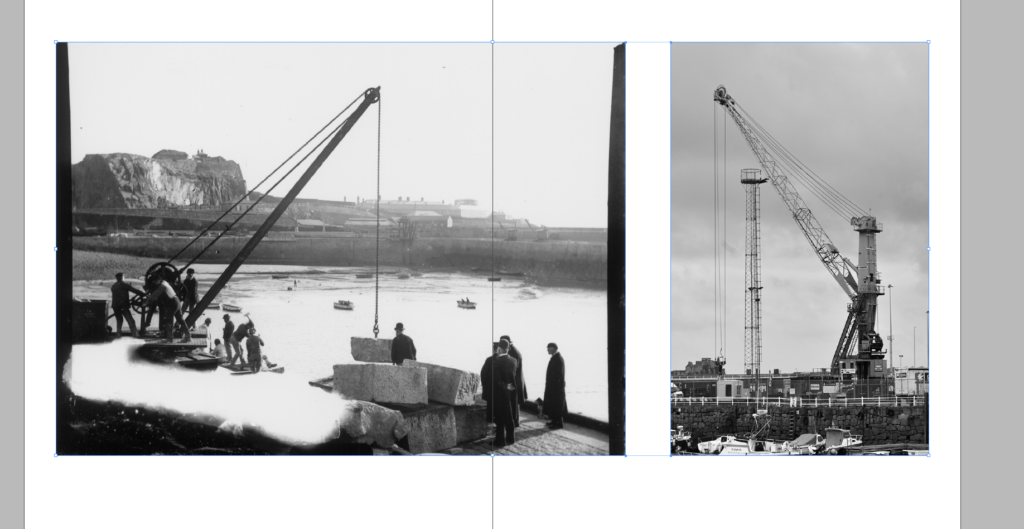
This option only had both cranes with one spreading over the page. While I liked how unique this looked, I thought there was too much unused space above and below. I liked both options and I was leaning towards the two only so that not all of my pages showed a near full bleed.
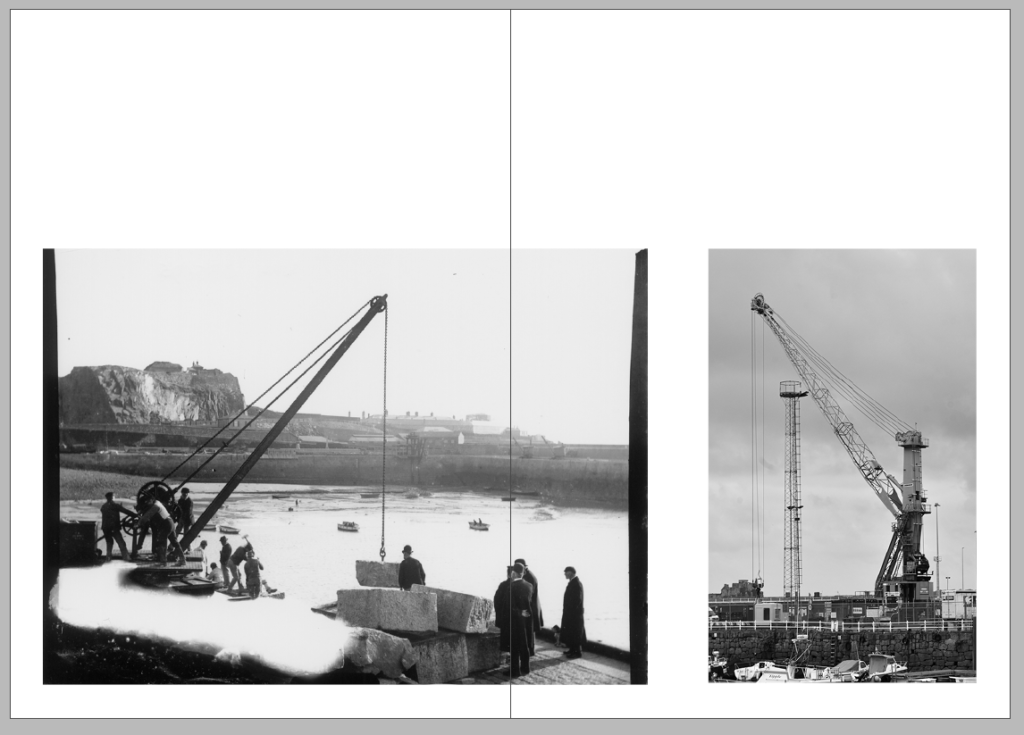
I decided to slightly adjust the ratios and move it into the bottom.

I compared 2 layouts. The first kept the cut out and the second did not. I started the first with the window where I could place text in white around the window. For the final I used the pub and I added 2 additional images. In the first layout I had less images and used 2 less pages.
End Page
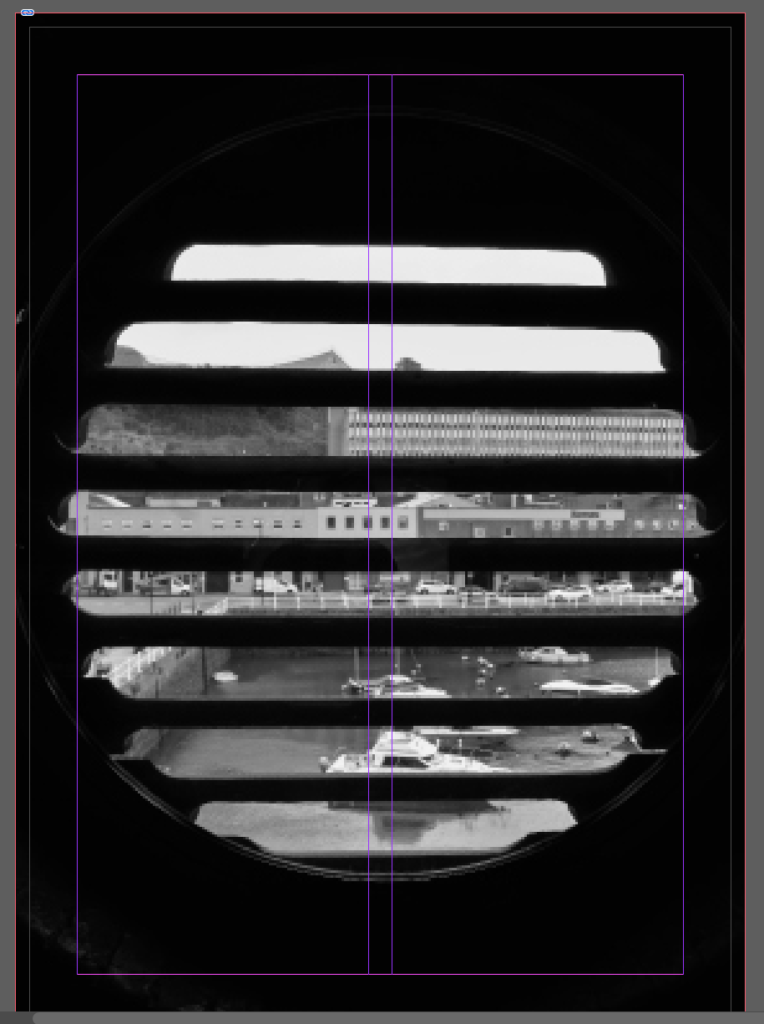
For the end page I wasnt sure between this image ^ and this image >
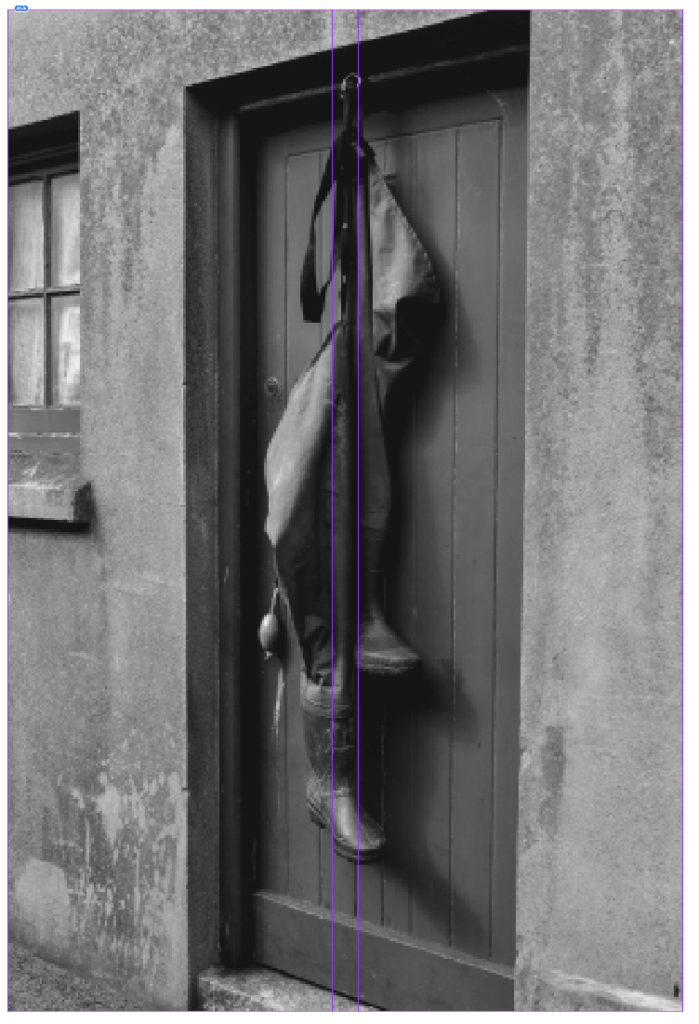
For the boots I thought it could show hanging up the wellies for the day to symbolise finishing the job but the window shows being inside a building and looking out over the harbour to reflect on the day. I think the window would make more sense in terms of a story however.
Title page
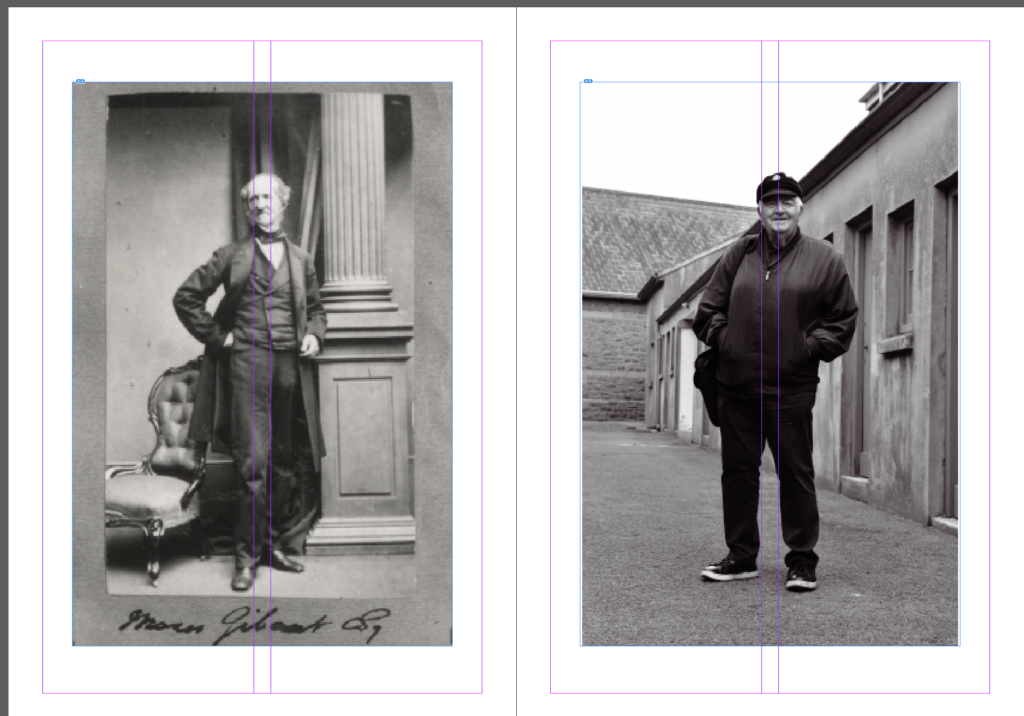
For these pages I compared two portraits of captains. I was originally going to use the other portrait since the head placement was much more similar however this portrait looked better. This was going to be the first two pages however since I wasn’t sure on the cover I also had the idea of using one image and creating a cut out for the cover to resemble an ID image.

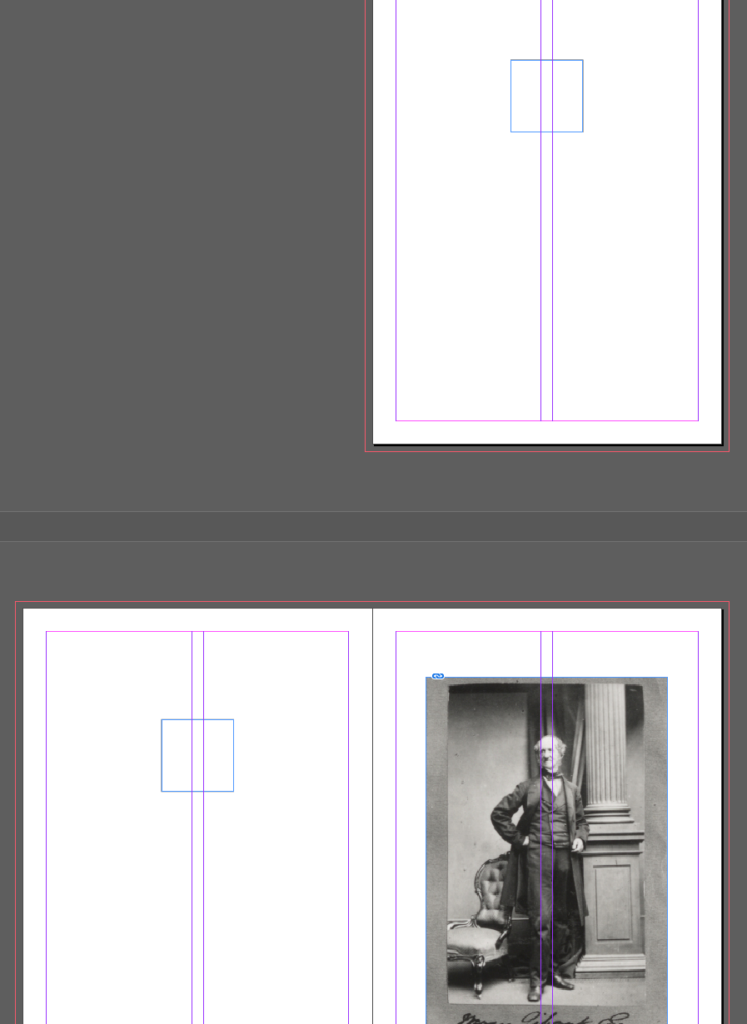
Since my idea for the overall narrative of my story was the identity and work of fishermen, I wanted to show an ID image to start and flip through pages to show the day cycle. I started with the people for identity, moved through boats for work, then cycled through the harbour for an end day reflection and ended on buildings to show leaving work or going home for the day.
In term of a title, I was mulling over options regarding identity and fishermen but couldn’t find one in particular I liked. I used an AI generator to generate some baseline ideas based on the input ‘Marine history and identity’ which came out with:
- Waves of Change: Exploring Marine Identity
- Anchors of the Past: A Journey Through Marine History
- The Sea Within: Understanding Our Maritime Heritage
- Tides of Time: The Evolution of Marine Identity
- Beyond the Horizon: The Legacy of Marine History
The only ones I kind of liked were: Waves of change, tides of time or beyond the horizon but I figured these were too vague. I figured I would used anchor however as it prevents drifting. Its also used as a metaphor for stability. Our history as an island stems from marine technologies which we are more dependant on now then ever with our electricity and foods coming from off-island. Our financial stability also stems from marine trade.
I decided to change the name to something relating to the sea captain on the cover. I wanted to keep the anchor as imagery on the cover instead however I thought it made the cover too busy.
I was struggling to pick a title and though of maybe: Mémoire of a Magister Navis. Mémoire meaning memory and Magister Navis meaning sea captain. However I decided to use Jèrriais instead. I wanted something along the lines of: Story from a Sea Captain = Conte d’un Capitaine d’la Mer or the identity of a Sea Captain = L’Identité d’Un Capitaine d’Mer.





